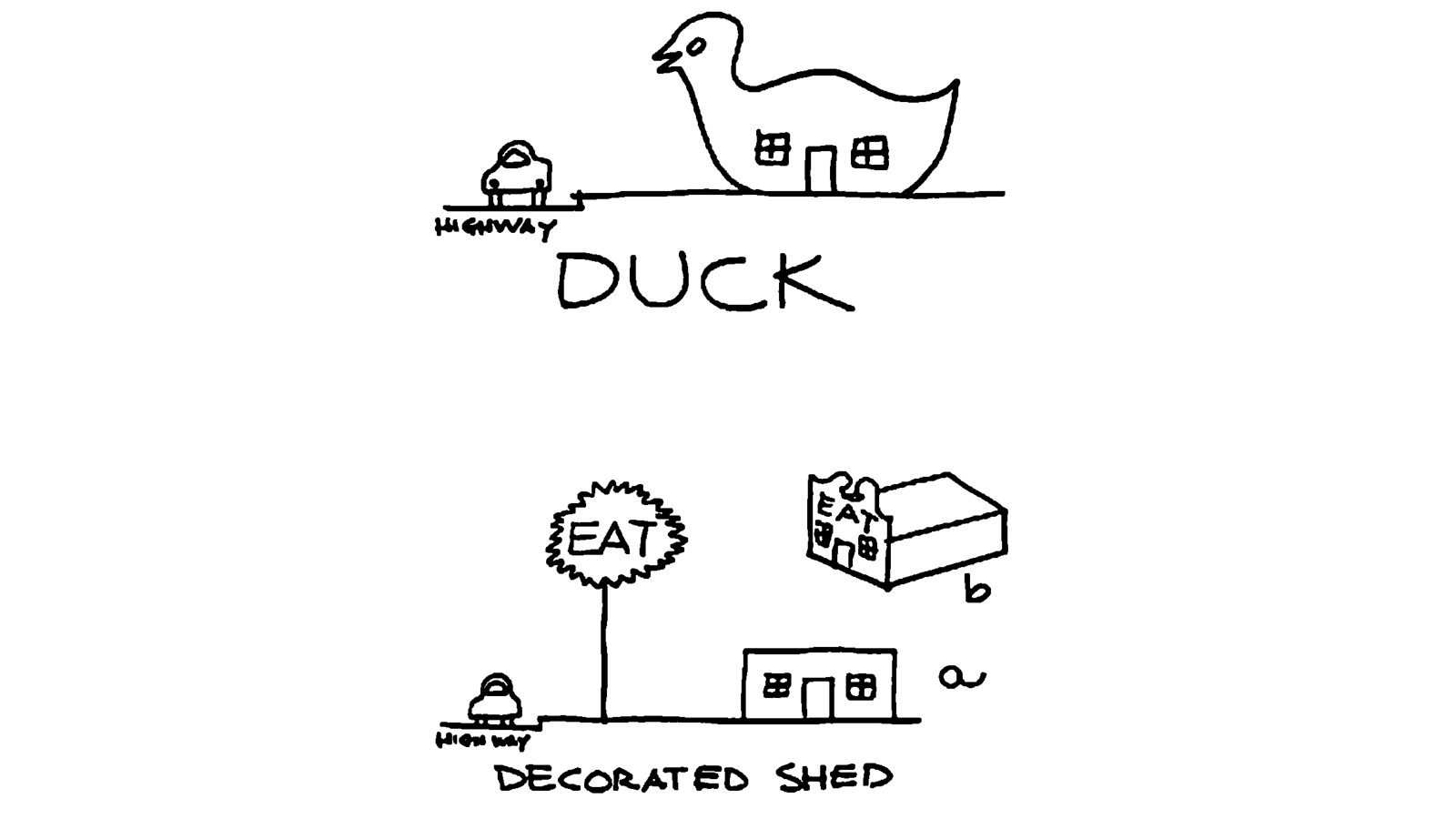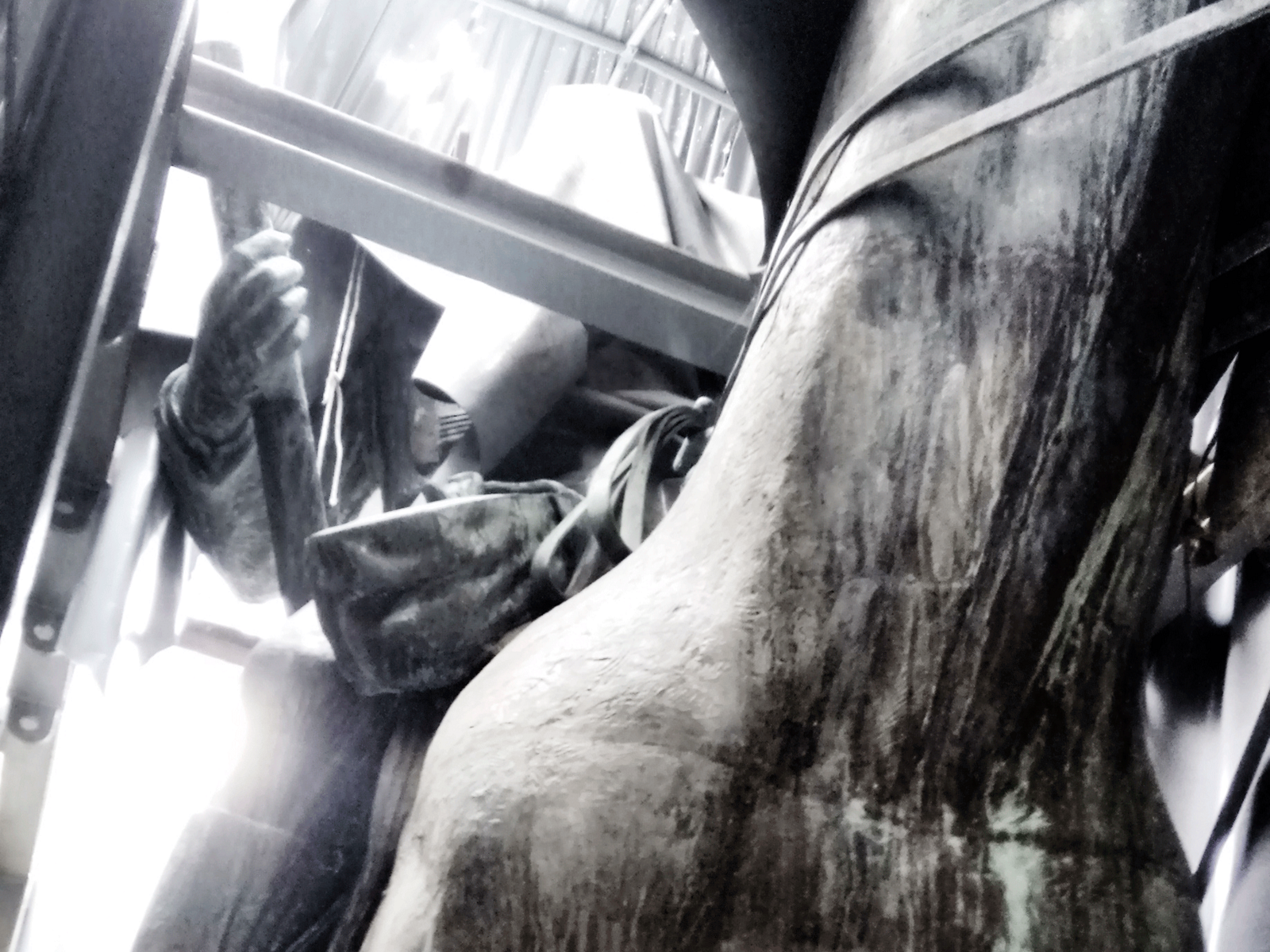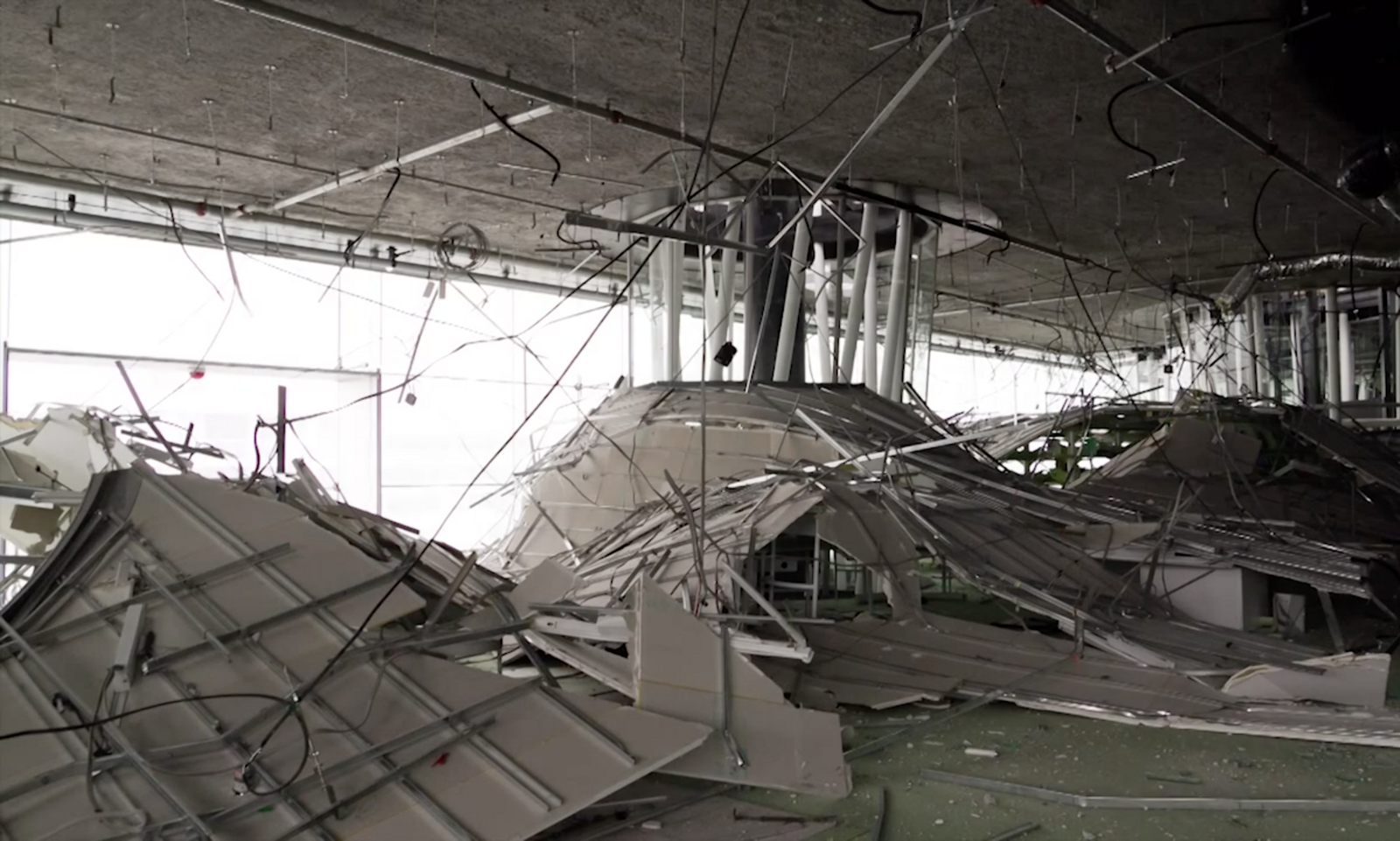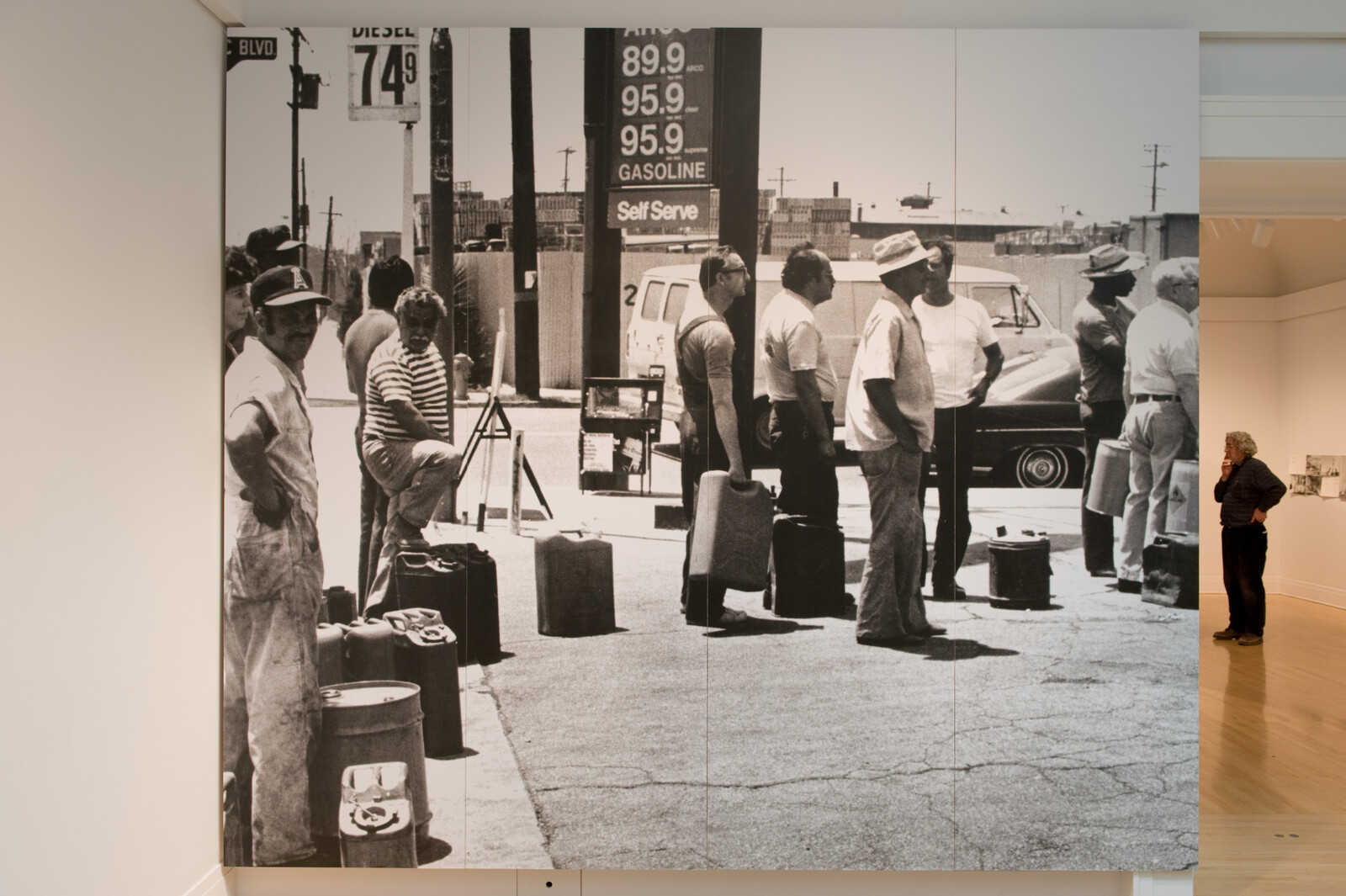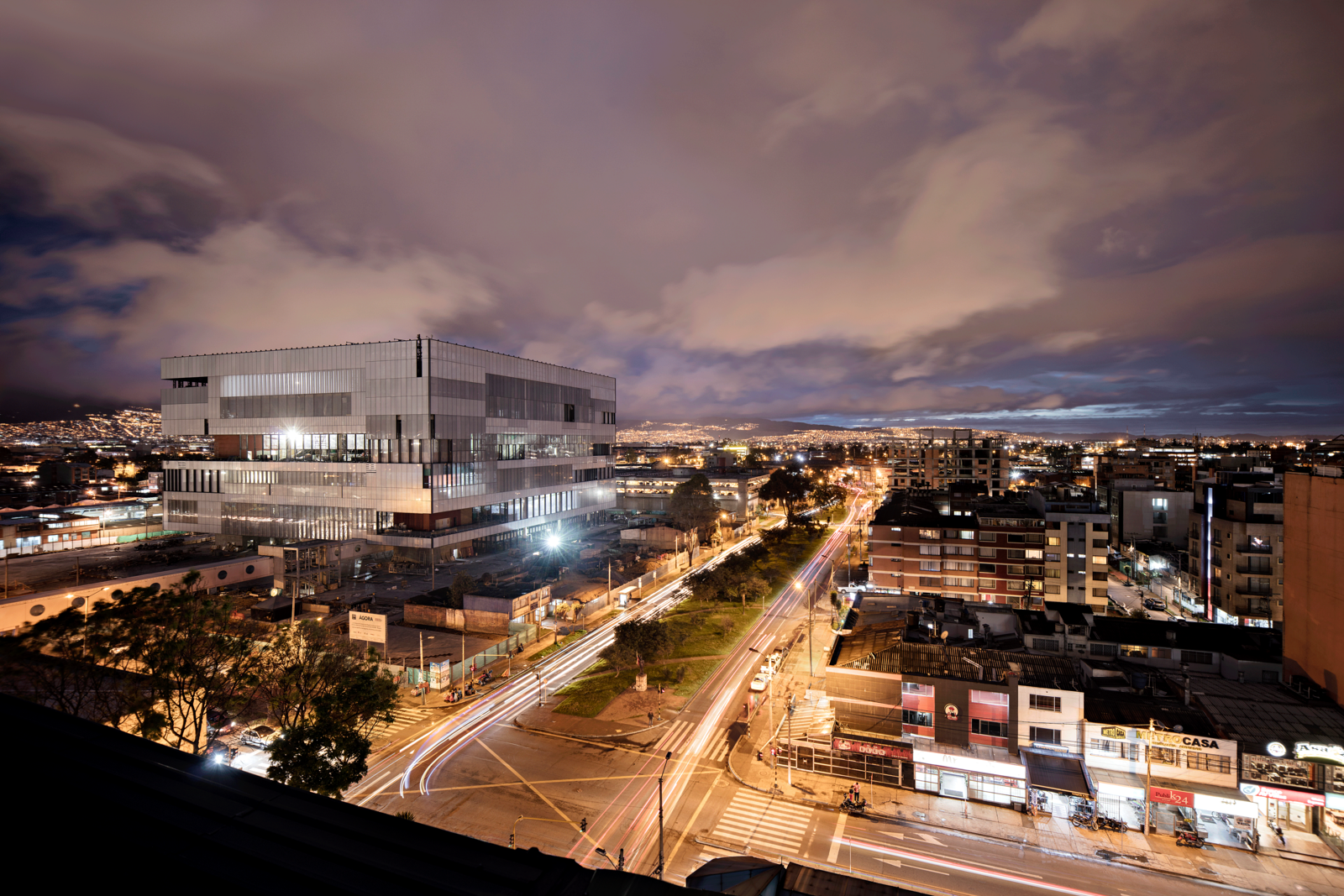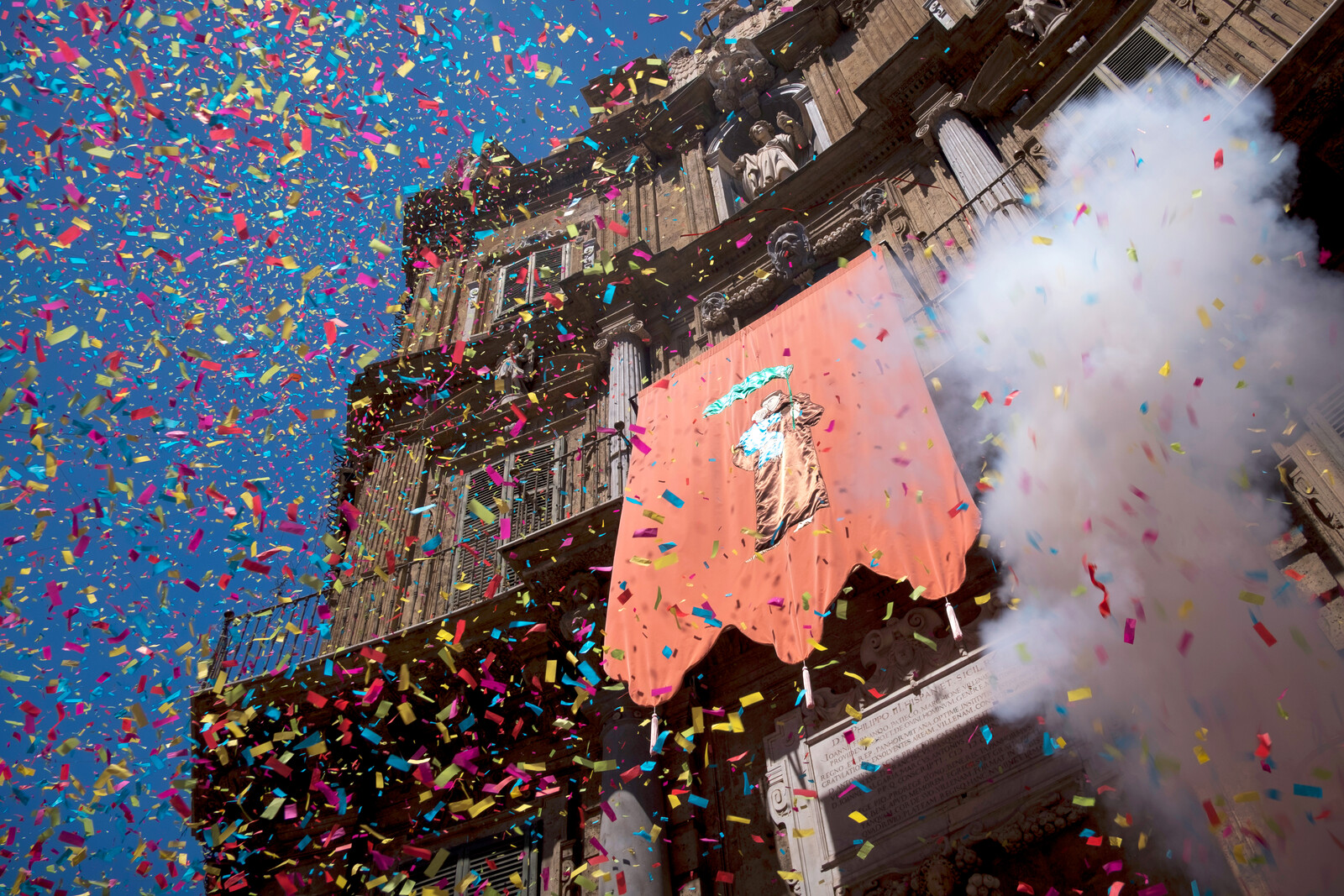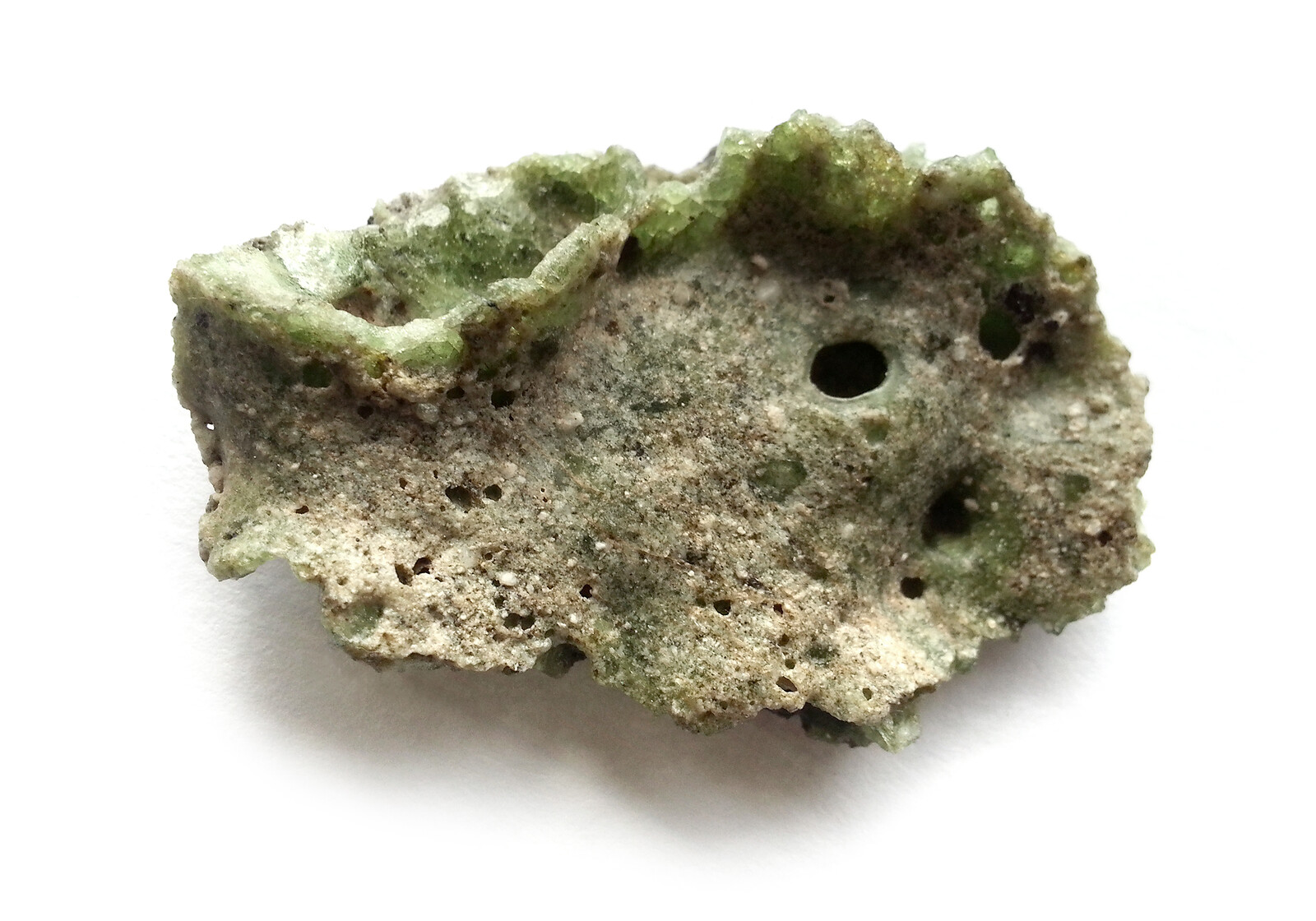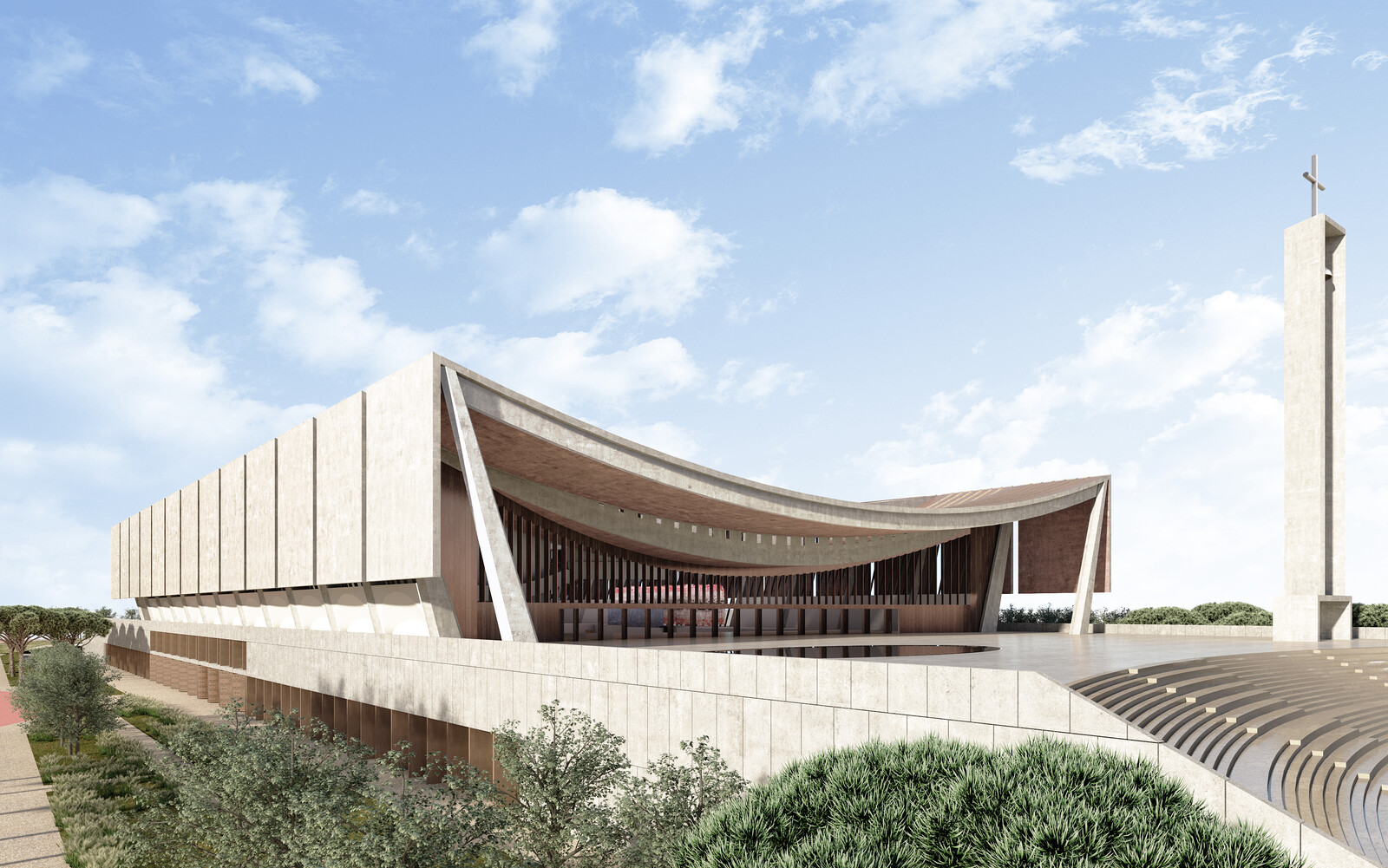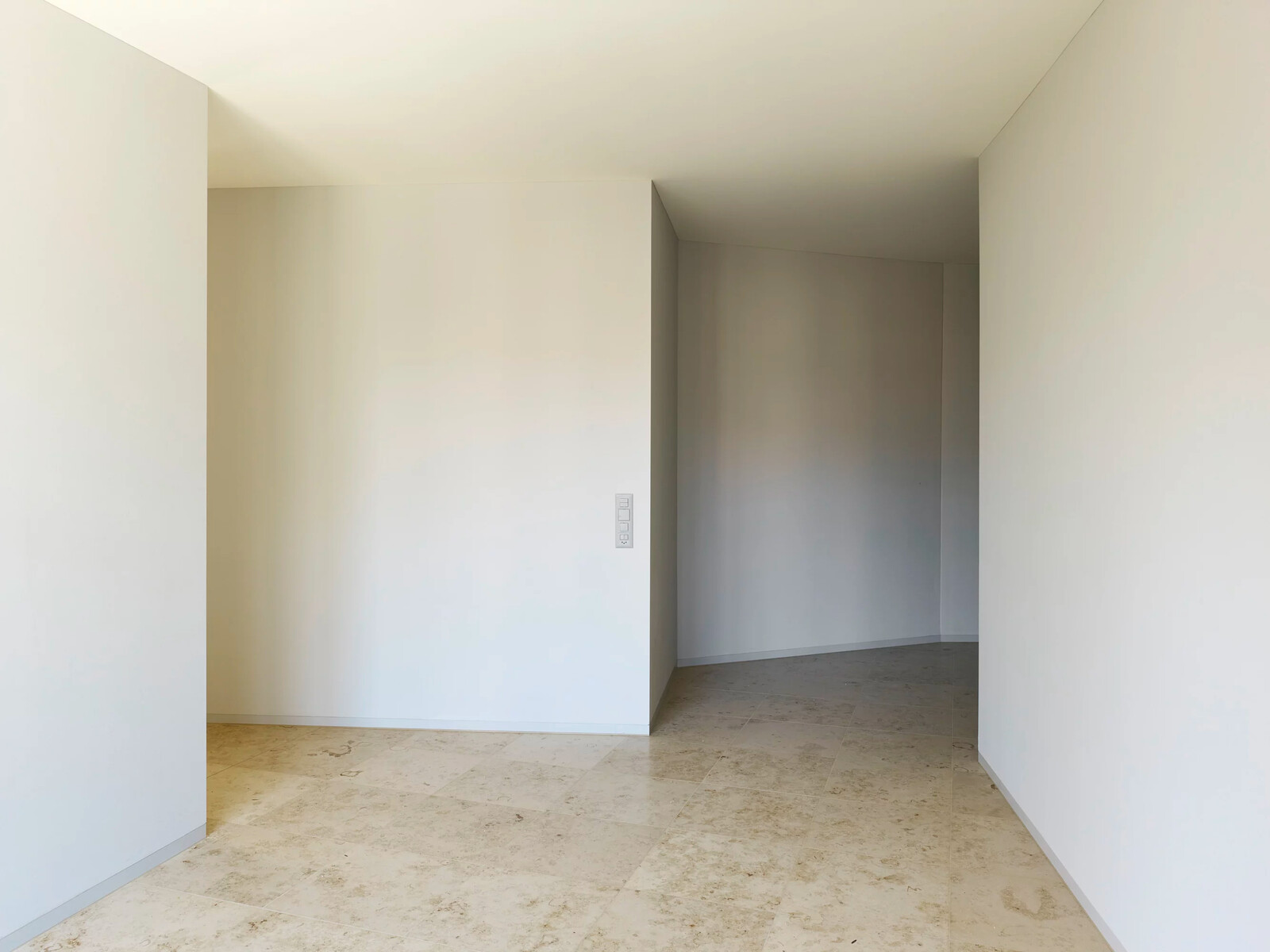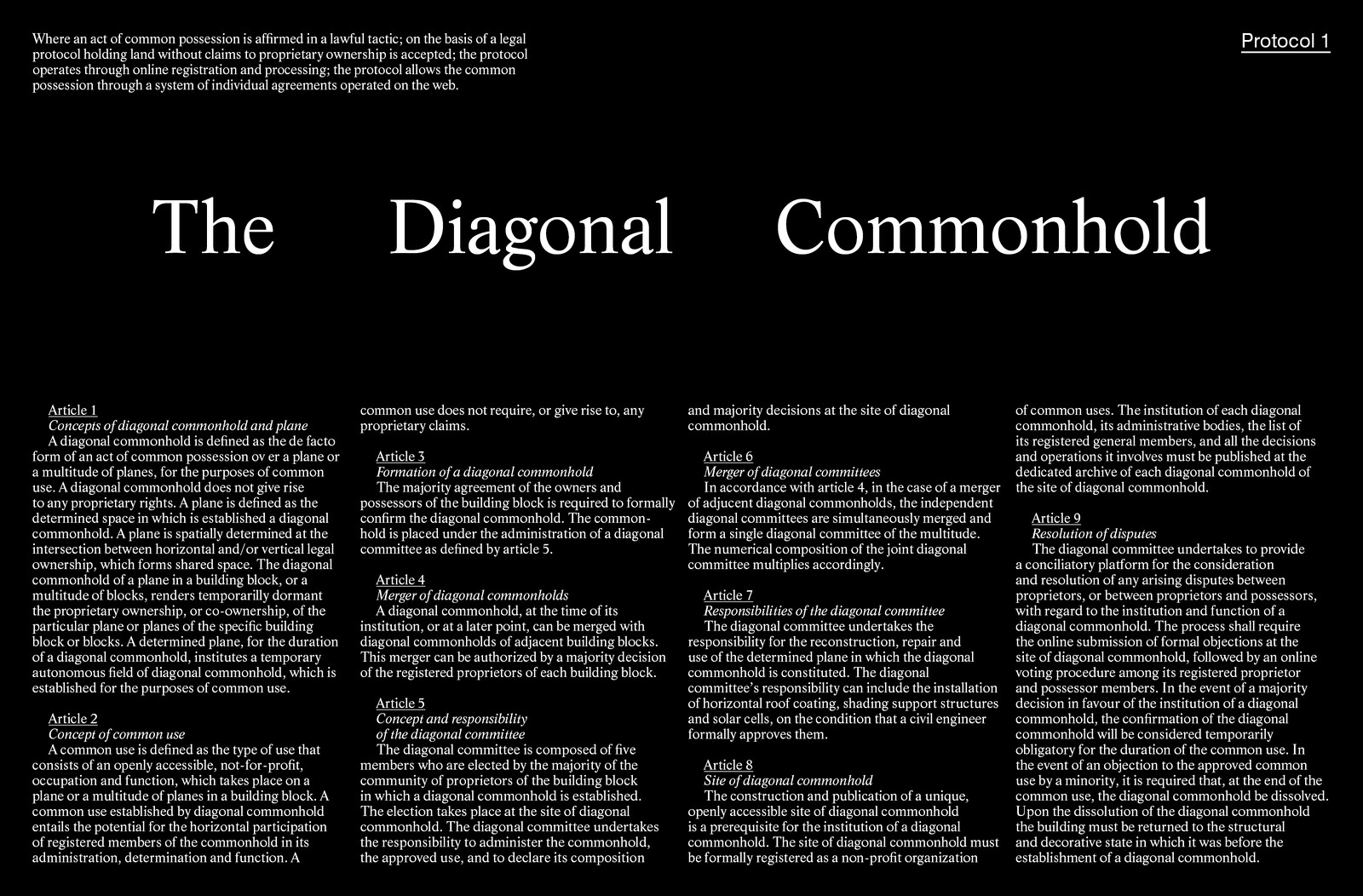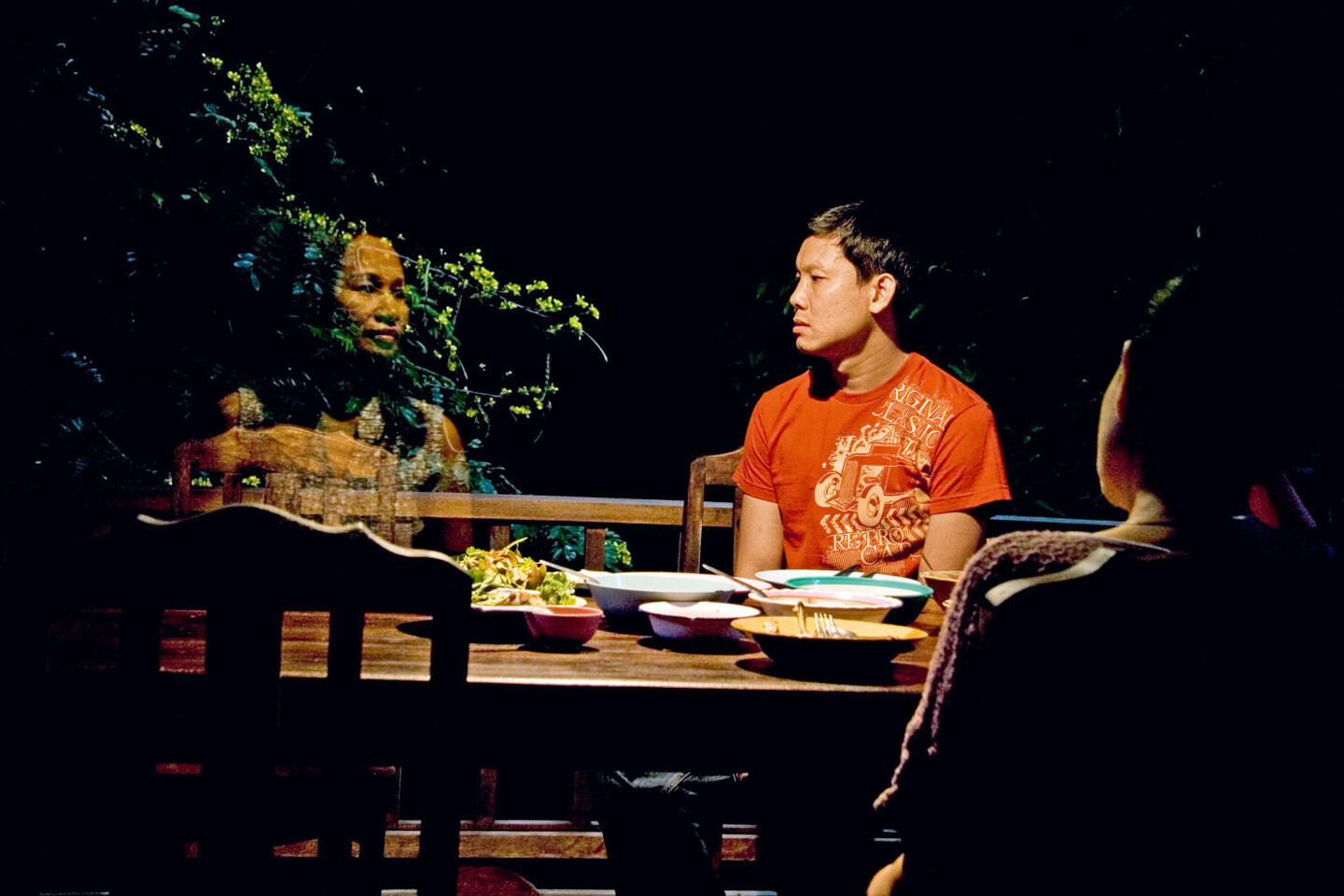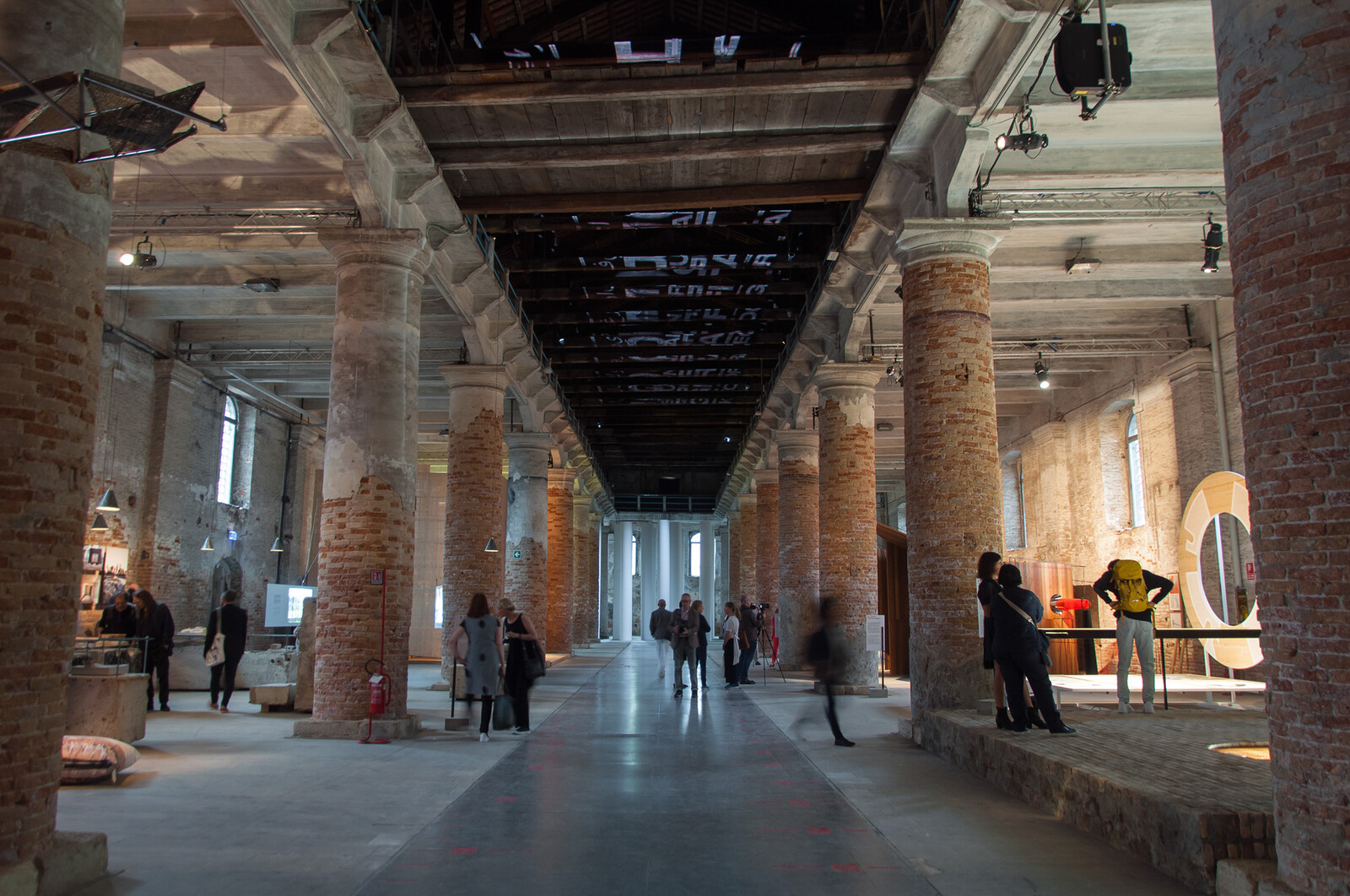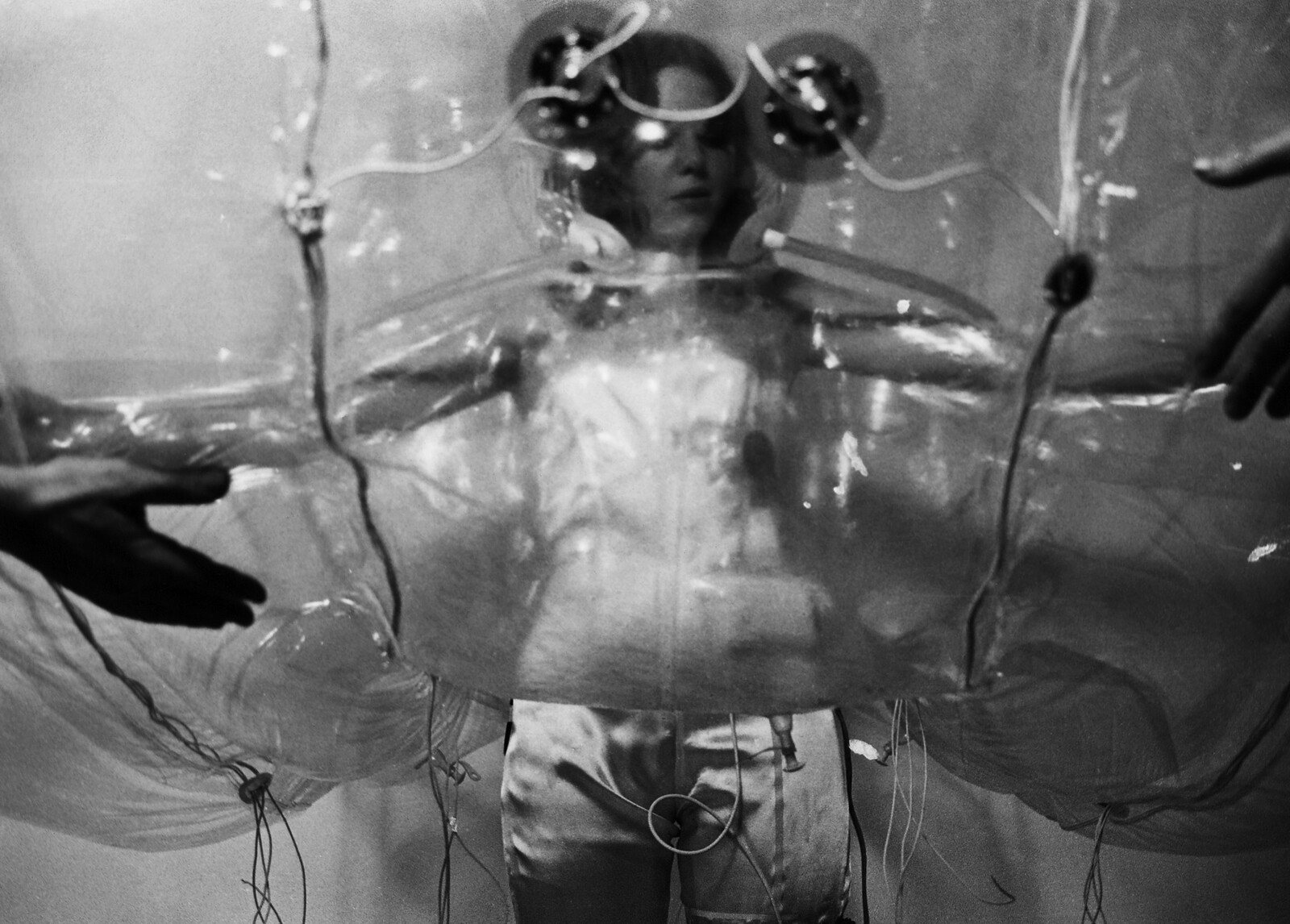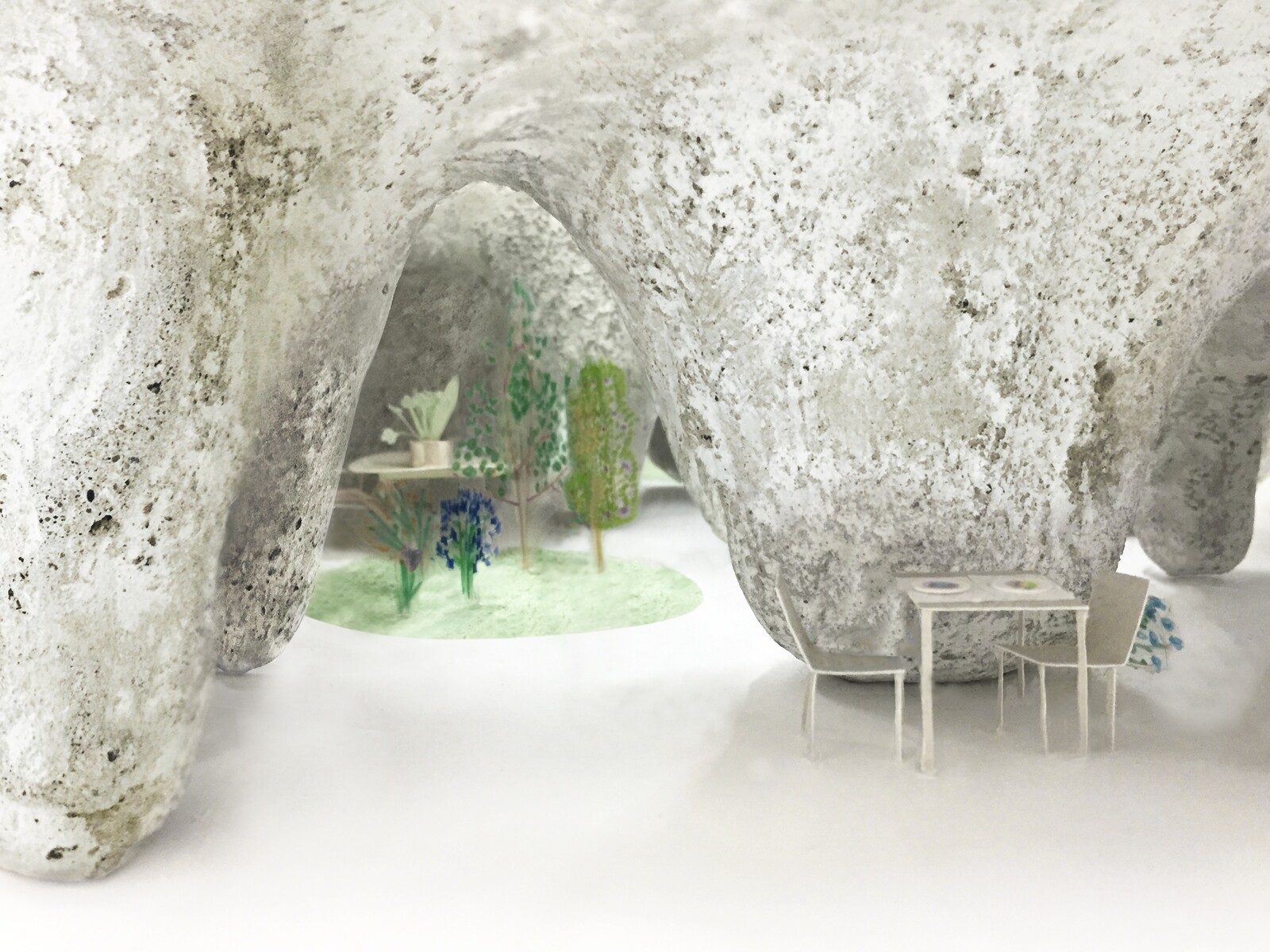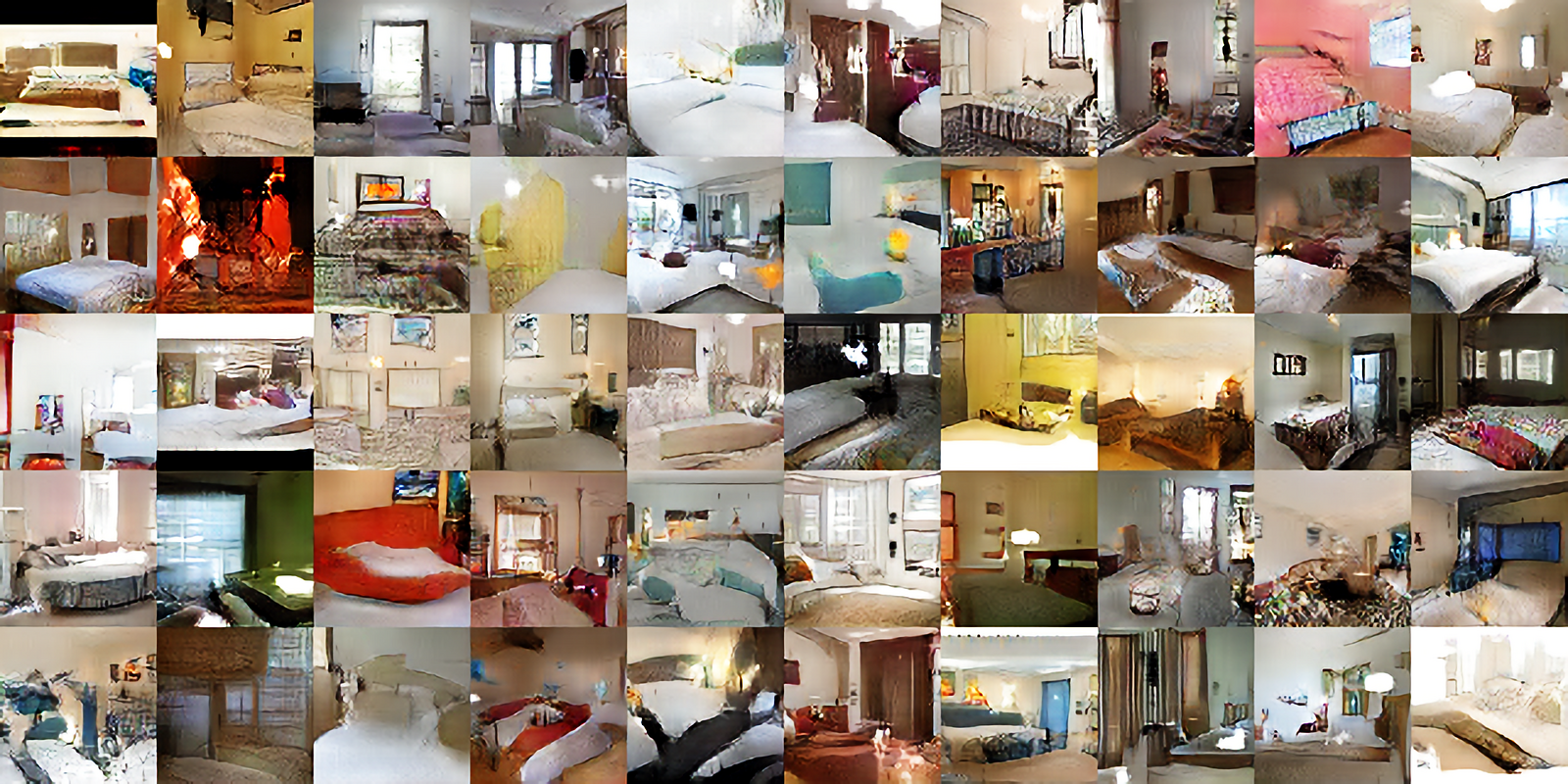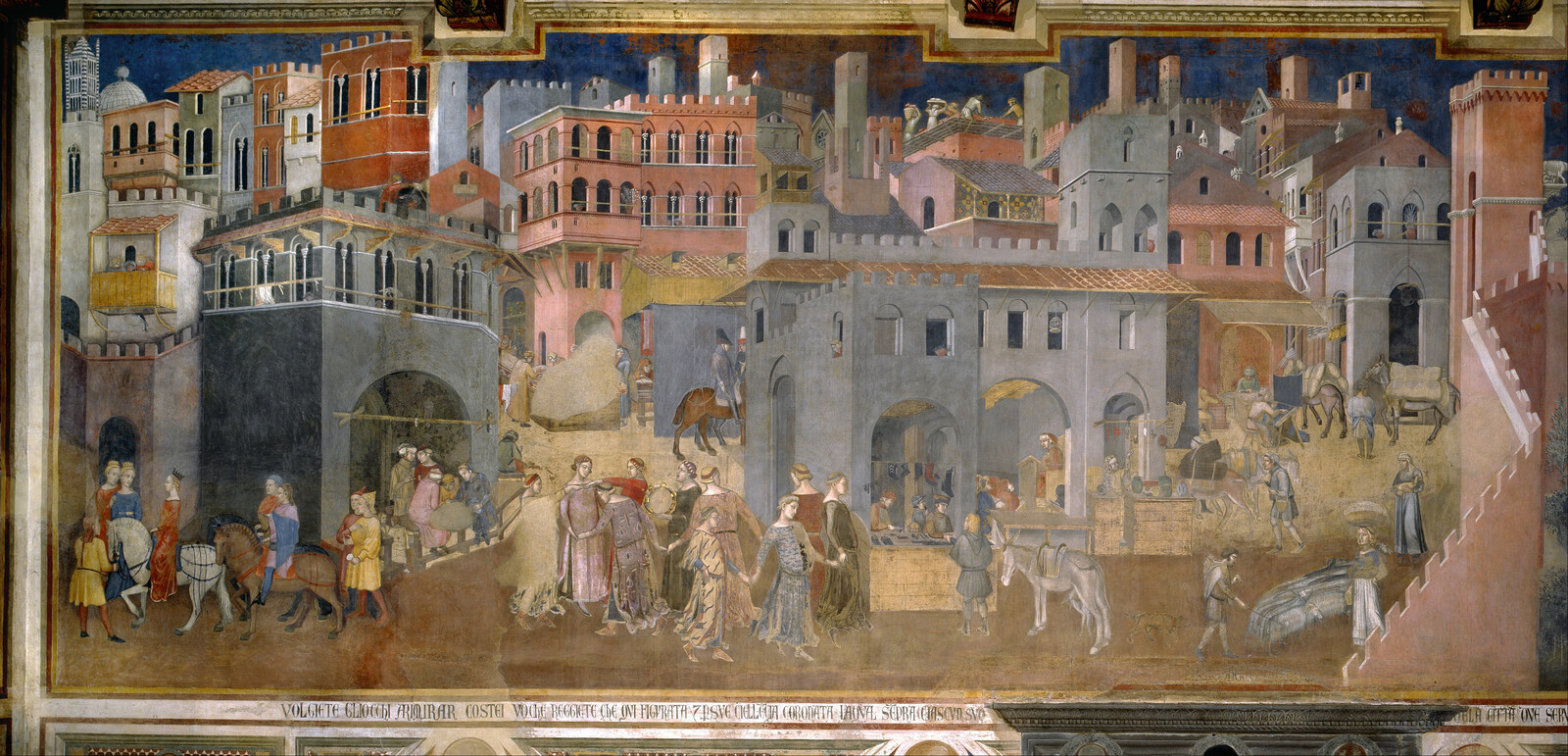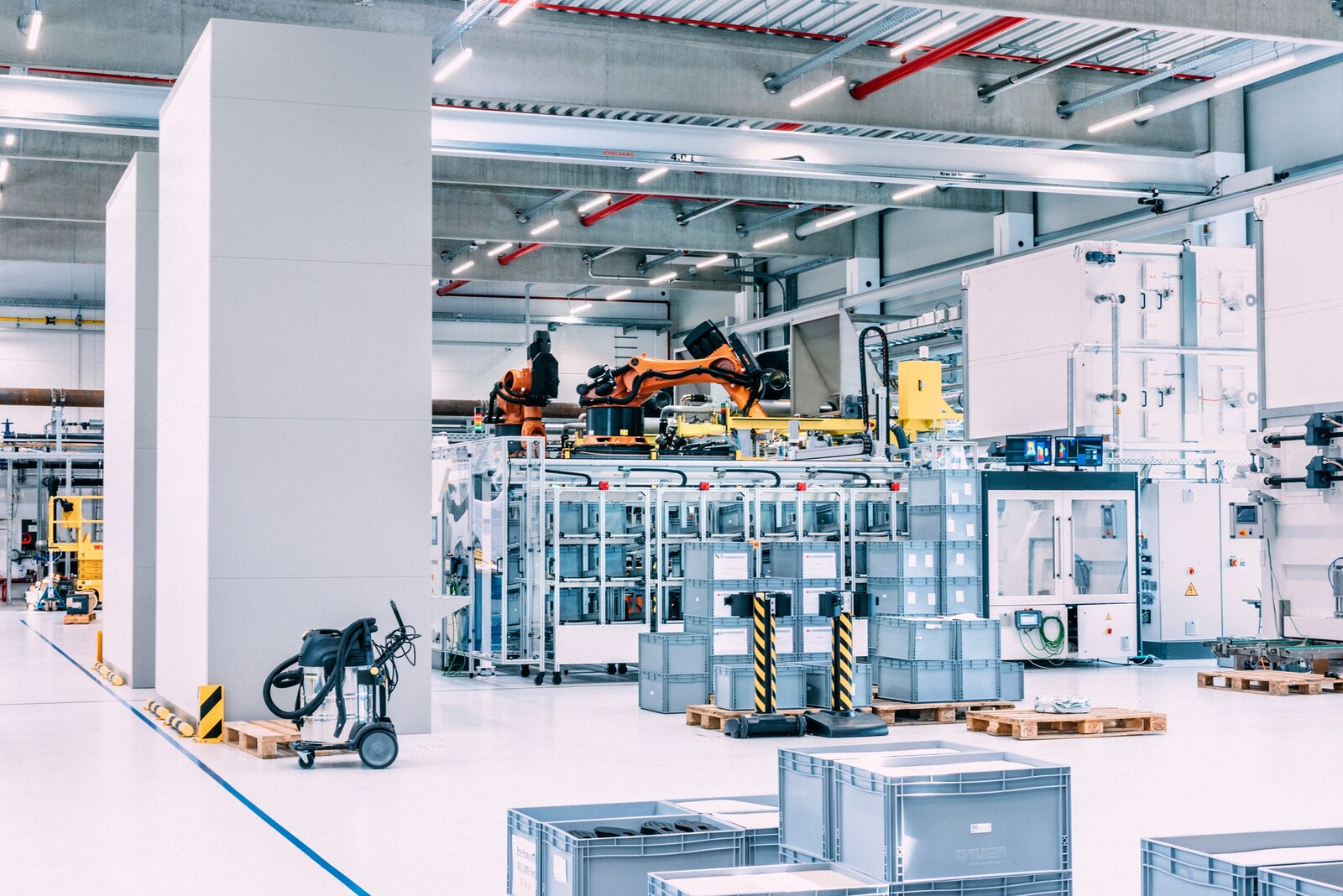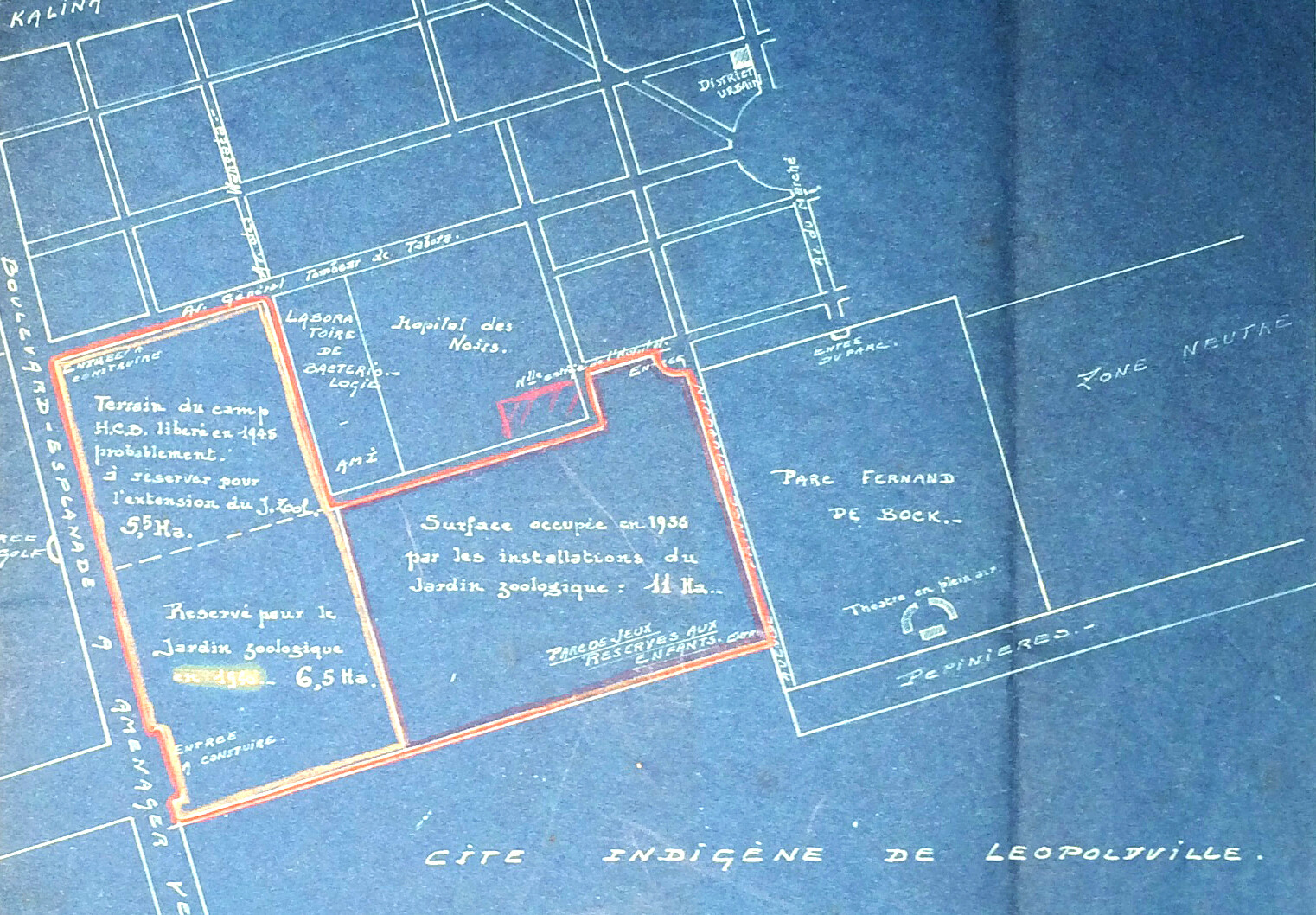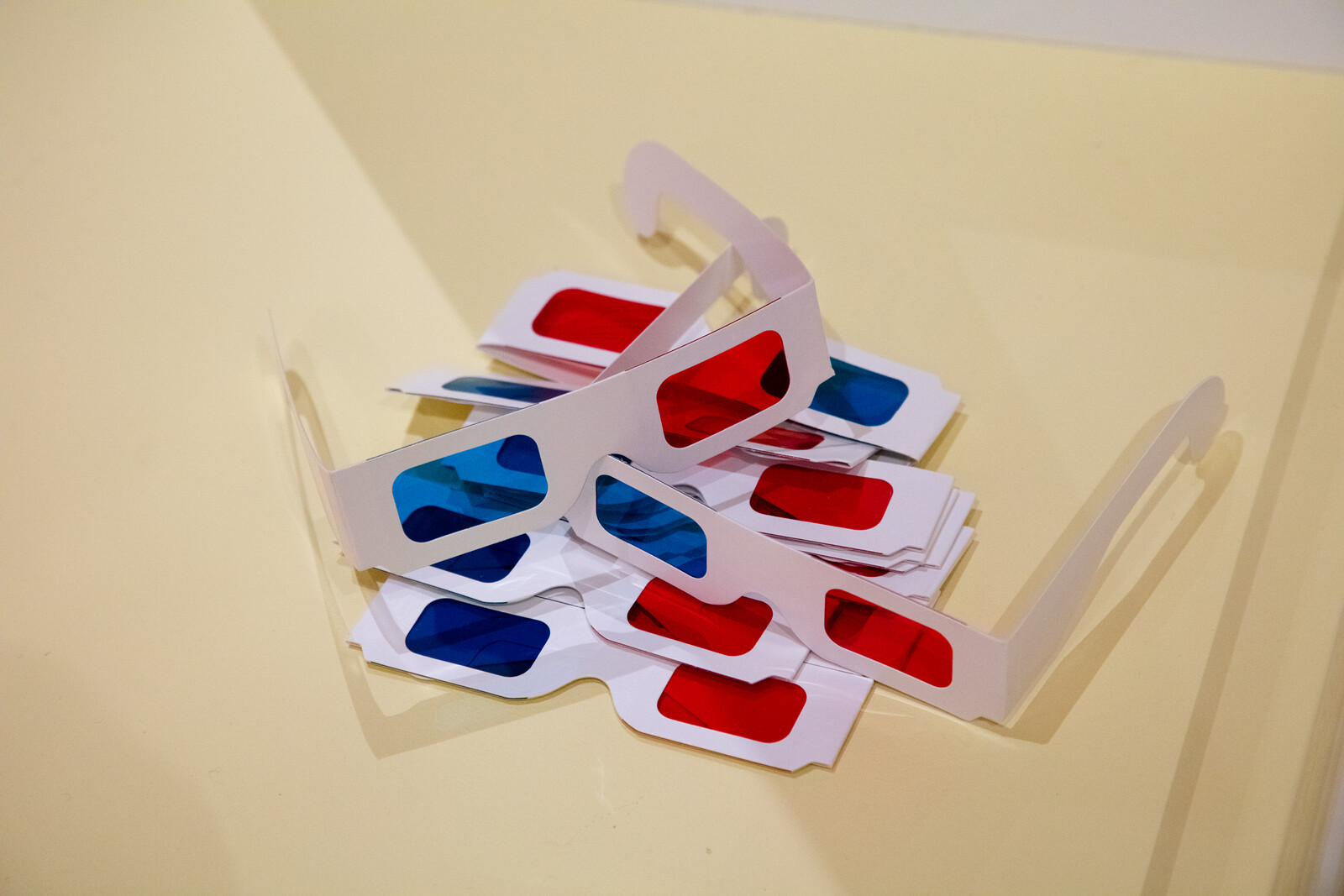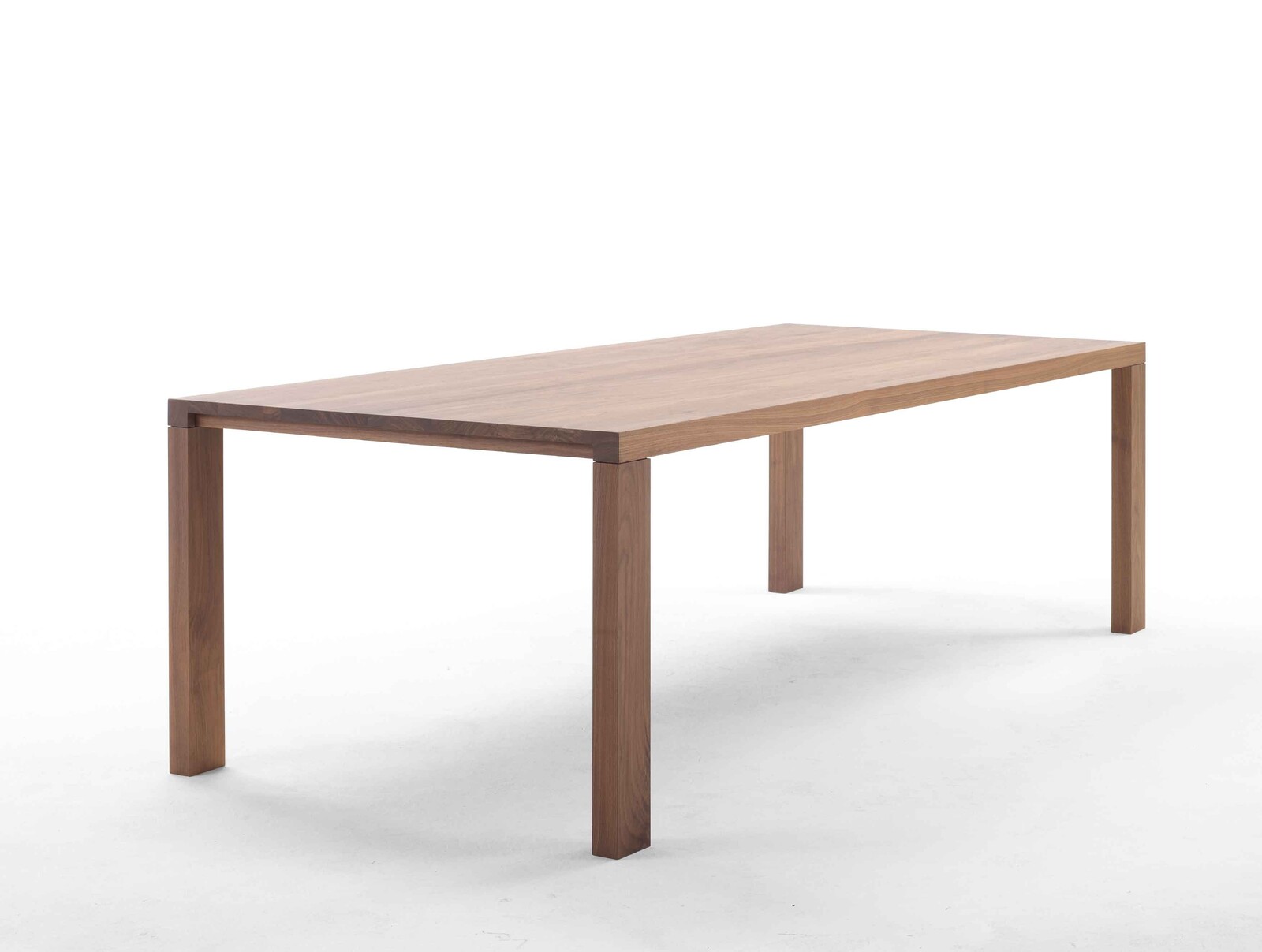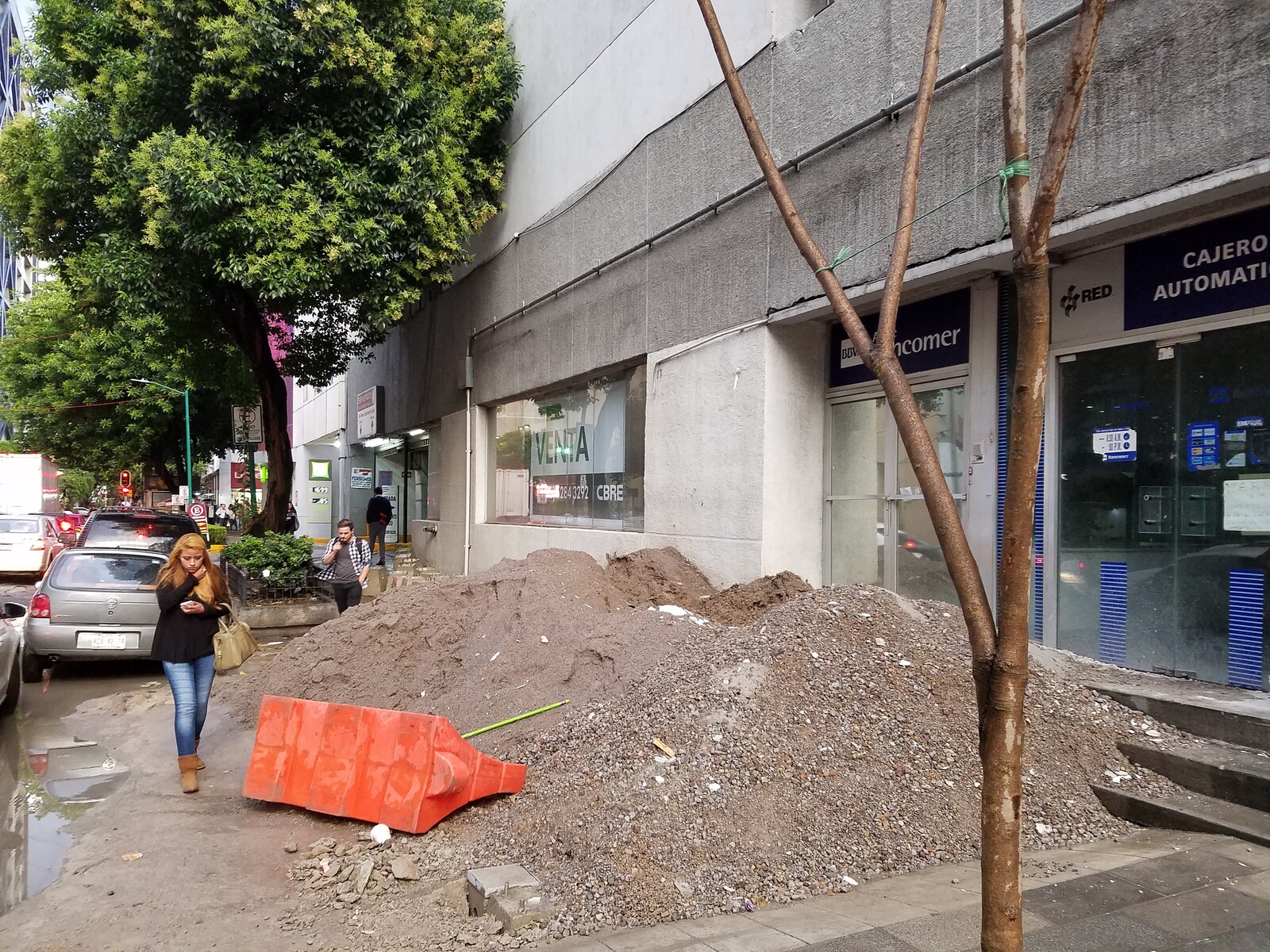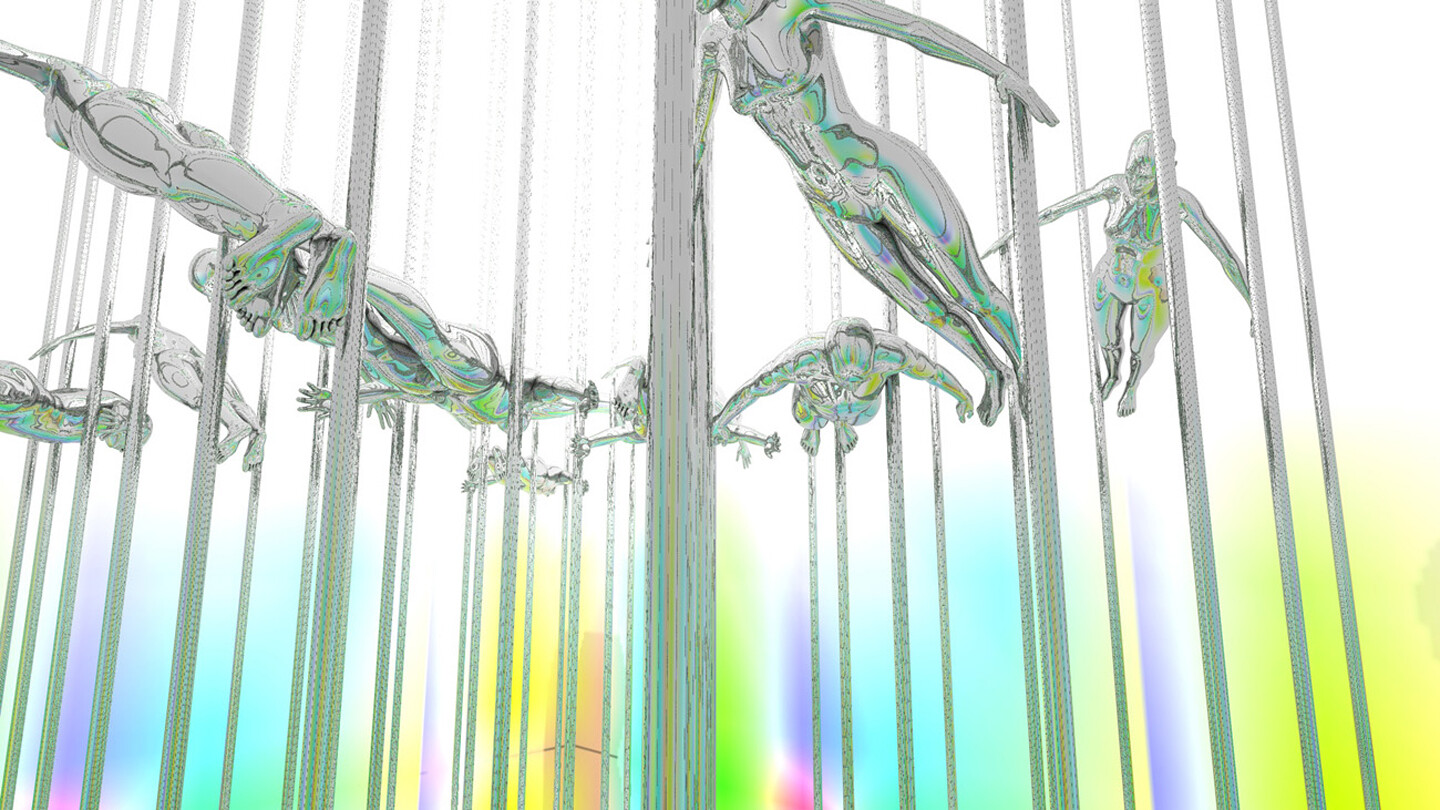We who draw do so not only to make something visible to others, but also to accompany something invisible to its incalculable destination.
—John Berger1Man began to make images only because he discovered them nearly formed around him, already within reach. He saw them in a bone, in the bumps of a cave, in a piece of wood. One form suggested a woman to him, another a buffalo, still another the head of a monster.
—Pablo Picasso to Brassaï2
Speleolithic Spatiality
It is tempting to anthropomorphize the anarchitecture of a cave: to speak of its volumes in terrestrial terms of floor and ground. Yet there are no walls, per se, at least in the early modern sense of partition, nor do caves properly possess ceilings, or even an outside. Caves, lest they be artificial, are carved by geophenomenal forces, not persons; they are rock masses unbuilt by water in speleogenesis, where porosity becomes prerequisite for form. That the topography’s name derives from Latin cavus, for “hollow,” and from keue, for “to swell,” tugs at the isometry in being both a cavernous void and bulging overfullness—born, perhaps, out of an interior aesthetics of viscosity, the visual drip-effect of mineral concretions. On my tour of Font de Gaume, a polychrome decorated cave in France’s Périgord region, a woman remarked, “the drapery, it’s water.”
Although proto-architectural interior spaces, caves were, for the most part, not inhabited as dwellings by semi-nomadic Paleolithic communities, likely due to the problem of lighting them by torch, and the concomitant risks of asphyxiation. Instead, rock shelters were, and caves became incubatory habitats for prehistoric image production; host environments with an almost museal temporality for participant-contributors with migratory modes of existence.3 Radiocarbon dating makes clear that these environments were shared in multigenerational spatial practice, as extant images were reworked, added to, or redacted in visual overdub, entangling mark-making across periods, sexes, and age groups.4 Were these living archives used as teaching aids for prenatural history?
Save for the enviro-spatial affordances of curvature, parietal art presences itself without frame, a phenomenon that preoccupied Frederick Kiesler and found apotheotic expression in the uterine biomorphism of Endless House (1947–1960). “When he carved and painted the walls of his cave,” Kiesler penned in Notes on Designing the Gallery in 1942, “no frames or borders cut off his works of art from space or life—the same space, the same life that flowed around his animals, his demons, and himself.”5 Usually classified as paintings, not least for vivid use of mineral pigments, parietal art’s picto-vocabulary often reads and behaves more like drawing or sculpture; and certain complexes, like the Solutrean-Magdalenian, favored engraving over painting. Highly notational in aspect, as outlines, tracings, and augmentations of geomorphology, these images feel endemic to rock, as if secreted by them. Often only a minimum of demarcations is deployed: a horse’s mane, etched with thread-thin delicacy, alongside prominent stone-ear protrusions in Abri du Cap Blanc’s Magdalenian frieze, or a rare “scene” of two reindeer, who meet mid-curve in Font de Gaume. “We learn to read on flat surfaces,” my guide in Font de Gaume remarked. These makers, however, became literate in irregularity, thinking with and gesturing through surface space to the point of authoring, always anonymously, a genre of geofiguration, proto-land art, and deep visual ecology.
That these traces have remained intact, vivid, and even fresh, is incidental, and in the case of Lascaux’s roughly 18,000-year-old inscriptions, largely due to rock fall from an avalanche that sealed its natural entrance for almost as many millennia. When that mouth was dislodged in a storm and discovered, also incidentally (or so the legend stands), by three teenage boys in 1940, the microclimate, temperature and humidity had remained in near perfect homeostasis. This equilibrium of conditions deteriorated, however, following Lascaux’s opening to the general public in 1948, when the carbon dioxide-filled collective respiration of some one million visitors eventuated algal outgrowth, called the “green disease,” across the cave’s surfaces, which ate away at painted pigmentation. Minister of Culture André Malraux ordered that the cave close permanently to the public in 1963 so that its microbial ecology might recuperate. The closure spawned stringent conservation criteria and a series of replica editions, the most recent of which opened in 2016 within a compellingly topographical structure, the International Center for Parietal Art, designed by Snøhetta, with museal scenography by Casson Mann and landscape architecture by Duncan Lewis. A “building-landscape,” the architects were guided by a quest “to put the project inside [Lascaux Hill],” as if, in echo of cave logic, the Center were carved out of a single piece of rock.6
Editioning Lascaux
More category than name, “Lascaux” serves as a placeholder not simply for the complex of caves formed some ten million years ago, but an orbiting assemblage of timescales, ecology (fragile, but resilient), mythology, economy, conservation frameworks, disciplinary expertises, and stakeholders ranging from citizen to State. It is a constellation networked across Lascaux I (the original’s codename), Lascaux II (the first replica), Lascaux III (a traveling model), and Lascaux IV (a complete digital facsimile within the International Center for Parietal Art, which is a little like the United Nations for prehistory).
Lascaux I became inscribed as a UNESCO World Heritage Site in 1979 as part of the organization’s populous dossier of “Prehistoric Sites and Decorated Caves of the Vézère Valley.”7 Pioneering at the time, Lascaux II, a partial replica of the Hall of Bulls (which features the largest animal known to be represented in Paleolithic art) and the Axial Gallery, was inaugurated in 1983 within a medieval quarry on Lascaux Hill, only 250 meters from the entrance to the original cave. Still open today, the copy was hand-painted by Monique Peytral, a fresco painter, who spent some ten years to complete the model, visiting Lascaux I throughout to make 1:1-scale sketches from inscribed rock faces.8 Two sculptors, Pierre Weber and Bernard Augst, worked alongside Peytral to generate the model’s undulating volume, modelling iron rods and mesh wire in approximation of relief maps from a 1966 stereo-photogrammetric survey conducted by the French National Geographic Institute (IGN) to support the subsequent layers of concrete, cement, and lime. “The relief is in such osmosis with the painting,” Peytral noted later, “that when the sculptors reproduced it at Lascaux II, I saw the animal as if it were already drawn there.”9 A pervasive hapticity, or handedness, imbues the copy with a dioramic quality that stands in counterpoint to its less grainy digital successor, Lascaux IV.
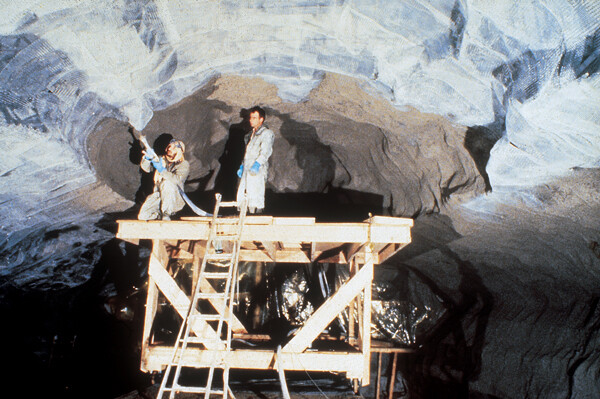

Lascaux II under construction. Image courtesy of AFSP.
Lascaux IV’s goal to build a complete, data-driven facsimile with advanced digital technology, rather than an approximate replica, presented an interesting problem in contemporizing deep time: which cave would be reproduced? The cave as it had stood some 25,000 years ago, the cave as it was discovered in 1940, the suffering cave following its closing in 1963, or the cave at present? The facsimile, in the end, was an amalgam of all. For its production, data obtained by scanning the current cave’s entirety was of key significance. Muriel Mauriac, curator of Lascaux I, held this index to be the single most important facet of the entire project, for with a digital file (a digital fossil?), Lascaux becomes reproducible. Despite certain stakeholders’ desire for a fully virtual replica, however, a physical facsimile was opted for. This entailed replicating the “muffled” sonic and atmospheric conditions of the cave—its milieu—in order for Lascaux’s analog to convince at the sensory and affective register, to serve as public space for sensing with our prehistoric commons. It needed to act as a chronofictive condition chamber.
With regard for the experiential component, a rare visit to Lascaux I was facilitated at the beginning stages of the design process, though for exponentially less time than Peytral enjoyed. Human presence in Lascaux I’s decorated areas is currently restricted to 200 hours per year. Wearing “spacesuits,” Snøhetta and Casson Mann’s project leaders were admitted into the original cave for up to fifteen minutes and, according to Craig Riley of Casson Mann, “under pressure to be in awe.”10 They had also been told to be quiet, for sound might disturb paintings, and to keep moving so as to avoid concentrating carbon dioxide in any one area. Riley recalled being struck, while inside the cave, that the paintings had “become rock”—as if the works were nearer to chimeric lifeforms, or mineralogical beings, than to inanimate, fossilized marks. Snøhetta’s Rune Veslegard emphasized that the works, when illuminated by headlight torches against profound darkness, were perceptible “only in motion”; effects achieved, in part, by techniques of anamorphosis and false perspective employed by the original artists some 20,000 years ago.11 Of the facsimile, Riley remarked in retrospect: “[it] does not have the same evidence that explains why it’s remained. The things that you find are only the things that have been preserved.”12 The facsimile, conversely, arrives unwritten by incident.
Digital Genome
The first step in transcribing a cave, transitioning from soft data to hard facsimile, from technicity to affect, is to create a digital genome. A complete topographical model of Lascaux I was sequenced from high-resolution 3D scans, with sixteen photographic frames per millimeter. Contracted to a 3D scanning company that normally scans nuclear power plants for cracks, this data proved to be of archaeological value. The job’s 20,000 hi-res photographs revealed more inscriptions than had yet been seen or inventoried by human eyes in the decades following 1940—a kind of forensic poetry, albeit facilitated via a paradigmatically other techno-ontology of recognition. Seen in modelled form from above, the cave appears like a mother-ship afloat, or a stick-figured body, complete with a torso and two branching apendages.
Next, the Atelier des fac-similés du Périgord (AFSP), located only a short way from the Center, was entrusted with the transition from soft data to hard copy. The workshop received an initial matrix, milled by CNC in polystyrene blocks from the digital file and sculpted, appropriately, by a high-pressure jet of water. The surface of the matrix was then worked in stages, by hand, by a team of some thirty-five artists—among them painters, stonemasons, sculptors, and Tibetan bell specialists —to achieve millimeter-by-millimeter exactitude in granular concretions and a lattice of over 1,5000 engraved motifs. Dental tools were employed for precision, as if in playful reference to oft-deployed analogies of cave and mouth. Reliefs were subsequently modelled from the matrix in silicone elastomer, onto which the workshop’s “stone veil” technology—a patented mix of stone powder and acrylic resin—was applied in a “sealed, ventilated cabin,” while resin-fiberglass “hulls” were attached as backings.13 This “stone” epidermis was underpainted to reproduce gradation in rock color, incorporating a cocktail of crushed limestone and quartz to recreate an “immense page blanche” of calcite, likened by AFSP artist Gilles Lafleur to “very thin leather,” in preparation for the stenciling of Lascaux’s densely layered painted motifs.14
%20-%20courtesy%20AFSP.jpg,1600)
Lascaux IV facsimile in process. Image courtesy of AFSP.

Lascaux IV facsimile in process. Image courtesy of AFSP.
%20-%20courtesy%20AFSP.jpg,1600)
Lascaux IV facsimile in process. Image courtesy of AFSP.
Lascaux IV facsimile in process. Image courtesy of AFSP.
Throughout, AFSP artists were guided by the edict “same techniques, but modern tools,” as if in paleogesticulation, and “sensibility, not personality.”15 No single artist worked on an entire painted animal or motif. Pioneering prehistorian Abbé Breuil’s extensive tracings of Lascaux’s iconography, made mid-twentieth century against the rock itself (something unthinkable now), were used alongside 3D scans as analog points of comparison. In an ongoing assemblage of knowledges, a college of expert colorists, scientists, and prehistorians—including Mauriac, curator Jean-Michel Geneste, and paleontologist Yves Coppens—attended viewing sessions over the course of months, where multiple image layers were cast over each other, via projectors, onto the replica’s surface, so that the committee of experts could “validate every millimeter,” every method of application, and, if necessary, contest the merest microdot.16 A Dordogne-based magazine dubbed it a work of couture for its artisanal, atelier-style mode of production, and Veslegard considers it to be a work of art in its own right.17
Couture parallelism extends to the facsimile’s custom-fit assembly in the Center, where fifty-two six-by-four-meter-long parts were seamed together using Lascaux’s own natural geometries to hide the copious joins. In no part of a visit through the facsimile does one encounter evidence of the armature or extensive technical infrastructure that holds it in place—steel beams, air vents—which Veslegard likens to “looking into a Macbook Pro,” despite Snøhetta and Casson Mann’s interest in making it a viewable stratum. The replica was made twice, however, and upon exiting the dim facsimile, one enters the “Discoveries Space,” a brightly illumined viewing chamber that offers prolonged interactive engagement with the facsimile’s multiple sections, suspended by iron rods in networked sequence like disassembled vertebrae. Here, one gains a sense of the skin, or the hide, of the demythologized model, and is able to glimpse its outer hulls. What isn’t visible as edge inside the replica itself finally becomes apprehensible.18 The kinetic effect while wandering under and around the component sections recalls Richard Serra’s Torqued Ellipses (1996–ongoing), and in material aesthetic, evinces the gummy dentality of Nairy Baghramian’s Retainer sculptures (2013). In another variety of viscera, a virtual reality tour of a more virginal cave follows, as one proceeds further through the Center.
An Acoustical Facsimile
In keeping with the brief to create a sensorial analog out of Lascaux IV, Daniel Commins, the project’s acoustic engineer, who specializes in opera houses and concert halls, proposed to take acoustic measurements inside the original cave. His proposal was rejected unanimously by Lascaux’s Scientific Council. Yet he managed to make soundings remotely, calibrating the smartphones of Snøhetta’s two project leaders, Veslegard and Frank Kristiansen, “for linearity,” so that their recorded inputs would render consistently for analysis. During their brief fifteen-minute visit, Commins instructed them to record “impulsive sound signals,” meaning sharp acoustic emissions, from several “measurement points” within the original cave, including in the presumed “master of ceremonies” position in the Hall of Bulls. Other measurement points were located in front of the great black bull in the Axial Gallery, and across from the black cow in the Nave.19
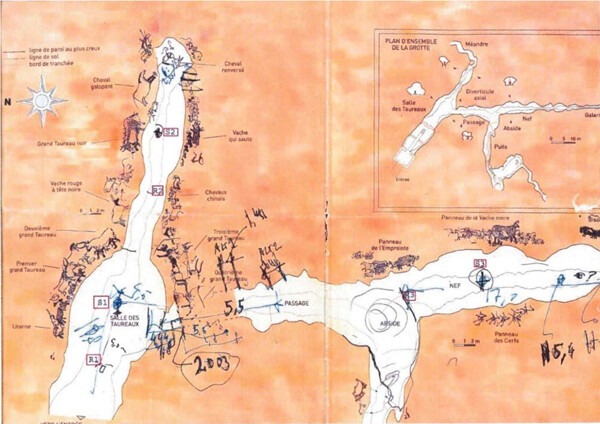

Map of Lascaux I with locations of acoustic sources (S) and receivers (R) marked. © Daniel Commins.
Neither electronic devices nor any kind of instrumentation are normally allowed in the cave.20 Commins thus equipped Veslegard and Kristiansen with ideophones—two-pronged wooden percussion clappers that produce short signals not unlike hand-claps—to emit impulsive noise with. This needed to appear inadvertent, of course, for the architects had been instructed to be quiet.21
The space, in call and response, talked back. Though rudimentary, the architects’ measurements produced a “rough image of response” that was adequately informative of the original cave in what were, notably, the first objective acoustic measurements to ever be made inside Lascaux I. Commins then produced a 3D acoustical computer model of the cave’s geometry, which he used to analyze reverberation time, speech intelligibility, and clarity—typical “physical acoustic parameters” used to evaluate concert halls and opera houses—while computational techniques of “auralization” enabled him to simulate any sound, vocal or other, from any point within the cave as it would morph, as if “from nowhere.”22 That speech intelligibility was “very good,” and reverberation time long, made evident that Lascaux I’s acoustics are similar to those of a symphony hall. Commins also determined that “mid-speech” was the frequency range best suited to the acoustic environment. These findings suggest that Paleolithic persons likely vocalized here, whether in spoken or sung modalities, and that they inhabited a similar “sensory reality” more broadly, being similarly physiologically wired, anatomically modern, and hence, neurologically on par with humans of today.23 Lascaux I is equipped, at the spatial and material level, for oral transmission. The original cave’s frequency response curve, its sonic morphology, almost enacts how a human cochlea is soft-wired and tuned to hear “tonotopically,” where certain parts of the cochlea respond to certain frequencies.

Digital acoutics model of Lascaux I. © Daniel Commins.
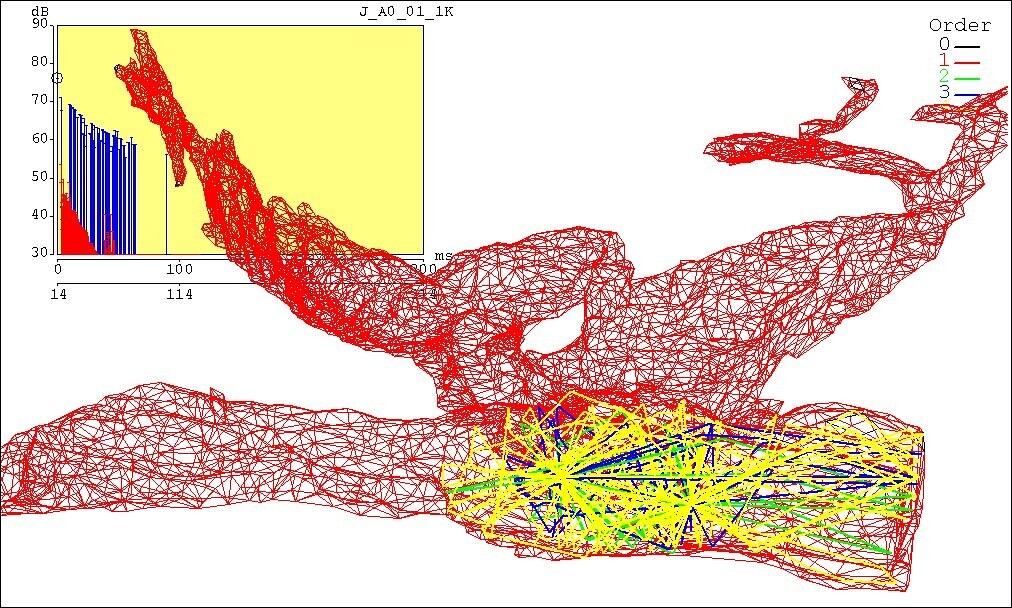
Lascaux I acoustic model and analysis of Hall of Bulls. © Daniel Commins.
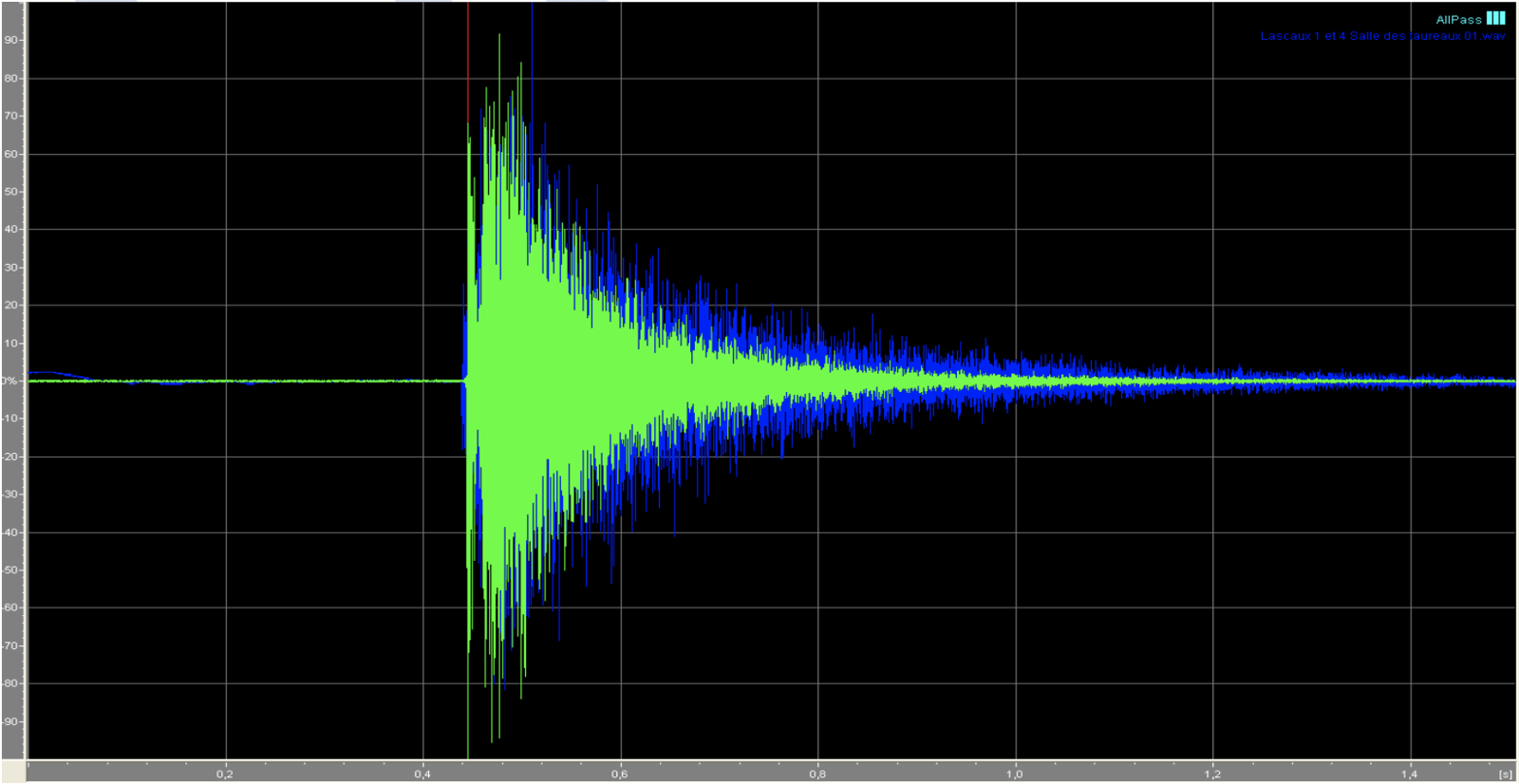
Overlay of acoustic impact response curve charts of Lascaux I (green) and IV (blue). © Daniel Commins.
Digital acoutics model of Lascaux I. © Daniel Commins.
Commins anticipated that the completed facsimile, given its high level of material exactitude (“exact,” that is, save for certain necessary structural deformations of the cave’s narrowest points to suit French accessibility frameworks, and a difference in materials used), would possess a similar “sound value” and generate contiguous acoustic responses to the original.24 His hypothesis proved accurate when he tested the completed facsimile’s acoustics using identical ideophonic instrumentation. “[The facsimile] has the same diffusion,” Commins noted, “as the original.”25 Yet the acoustic behavior of the facsimile is, Commins hazards, closer to that of the original cave as it would have sounded 25,000 years ago than in the present Lascaux I—a phenomenon that Commins attributes to the facsimile’s lack of “porous areas, fungus, and microorganisms” that parasite the original, and thereby increase acoustic absorption while dampening impulse response.26 Commins hopes that the facsimile will serve as a laboratory space for the kinds of acoustic-oriented experiments that could not unfold within Lascaux I, such as simulating sound effects of stampeding animals by clapping.27
For its capacity in conjuring the Paleolithic ear, alongside the lithic ear of the cave, the facsimile becomes a kind of trans-millennial sonic mirror for instrumentalization.28 To inhabit the hard shell of the facsimile is to hear through its synthetic material fiction—and the anterior processes that authored it—into the soft dimension of sonicity. That such deep sonicity finds itself written into the facsimile arrives almost incidentally, by virtue of material and atmospheric similitude. In his pseudoscientific essay “The Mystery of Acoustics,” Adolf Loos (informed, perhaps, by his increasing deafness, needing to infer sound by other means) gets at the agential behavior of materials, acting as para-hearing substances: “The acoustics of a hall do not depend on the spatial design, but on the materials… You can fool people, but you can’t fool materials.”29 In Lascaux IV, sound, being commensurate with the deep time of its referent, haunts the facsimile as a living fossil layer, spectrally and speculatively; a form of intangible heritage made to echo in visitors’ tympanums.
Hearing Through Archaeoacoustics
Give science only a hundred more centuries of increase in geometrical progression, and she may be expected to find that the sound waves of Aristotle’s voice have somehow recorded themselves.
—Charles Sanders Peirce30
Lighting techniques vary across sites of parietal art, in both originals and replicas, and whether by a tour guide’s handheld flashlight, actual torch, or sophisticated embedded lights. Almost all techniques operate to animate, by light, the kinematic nature of works in question. In Lascaux IV, “paleo lighting” developed by 8’18”, a conceptual lighting agency, emulates animal fat lamps used by Paleolithic makers, which proximity sensors make flicker almost imperceptibly. Other sensory modalities offer alternative means of perceiving works. I was told that a blind visitor in Lascaux IV could “sense the volume of the cave” within the facsimile, and that they later touched engraved sections in the Discoveries Section to “read” inscriptions.
That caves, when unlit, are not given easily to be seen, but instead more readily to be heard and felt with the “eyes of the skin” troubles the question of Paleolithic image production in the first place, rendered, as it is, out of conditions of improbable darkness.31 This attendant problematic—of lighting nominally non-optical geographies—runs throughout the project of Lascaux IV, given the requirement that Lascaux’s iconography be apprehensible to visitors. But what happens to these works and their inherent opacity when they become so readily available to the faculties of apprehension?
A more immediately ready mode of prehension in caves would be by sound production and reception. Caves are echolocative environments (especially to Paleolithic ears versed in aural complexities), ones with great varieties of acoustic affordances and where some are reverberant and others less so. Musicologist Iegor Reznikoff theorizes that Paleolithic persons likely navigated caves by sounding their voices, using them as analog “sonar systems” and spatial protheses to fathom pathways, such that “the answer of the resonance, the echoes, their number, and their direction indicate where and where not to go.”32 “There is no sonorous equivalent of total darkness,” writes François Bonnet, “but only a penumbra.”33 Instead, as Ryan Bishop notes, “sound will let us see where vision stops,” for vocality, in extending sensory reach, offers ways through darkness.34
There is a nascent school of thought within archaeology that might be described as the auditory turn, which speculates that cave and rock art inscriptions were actively localized in correspondence with, or even induced by, notable acoustic phenomena, and often in places of greatest resonance production. Acoustic archaeologist Steven J. Waller has, for instance, noted the resonant, echoic capacities around the snout-like mouth of Font de Gaume.35 He also correlates the specific species depicted with certain sonic effects, observing that depictions of bulls, bison, and deer are common in spaces with strong echo, which produce or reflect sounds akin to the hoofbeats of an advancing herd. Perceived acousmatically (where a sound’s source is occluded) or from faraway, such echoes, possibly caused by flint tool production, might have been “misheard” and thought to be supernatural or animal spirits either speaking through or living in rock. While the science of echo and reverberation, and our mechanisms for hearing in general, were not yet understood, practices of it were likely well cultivated.
The architecture of parietal art, in this way, becomes media for phonetic transcription in the realm of soft phenomena and sensory feedback, within milieus—naturally occurring “giant resonators” and “sonorous pipes”—predisposed towards musicking.36 That Lascaux I and other caves are tuned, concert hall-like, to the register of spoken word presents a kind of paleo-acoustic accommodation that anticipates the practice of architectural acoustics in subsequent built environments, often augmented to propagate voice.37 This antecedent, ancestral space of speculative languaging finds contemporary expression in the Lascaux IV facsimile, whose exacting digitality—in the etymological sense of “handed,” as well as data-numerically—joins with musicologist Gary Tomlinson’s conception of Neanderthal stone tool production at the proto-digital, rhythmic, and noise-making “body-stone interface” of compositionality, from which mind eventuates as “an outgrowth.”38 If stone tool production is correlate, then, with the deep time development of language and speech-sound, triangulating that interface into one spanning body-stone-speech might prove apposite. The hard shell of Lascaux IV returns us, via its uncanny acoustic affordances, to the soft space of spoken phenomena some 25,000 years old: a spatial stethoscope for sounding the Paleolithic ear, stone-to-tone.39
John Berger, Bento’s Sketchbook (New York: Pantheon Books, 2011), 16.
Brassaï, Conversations with Picasso, trans. Jane Marie Todd (Chicago: Univesity of Chicago Press, 1999), 95.
In Lascaux, certain animals depicted were not yet local to the surrounding Vézère Valley at their time of inscription.
Infants were responsible for extensive “finger flutings” in Rouffignac Cave in the Dordogne, and fossilized footprints in caves were often tread by Paleolithic teenage boys. R. Dale Guthrie, The Nature of Paleolithic Art (Chicago: University of Chicago Press, 2005), 127.
Frederick Kiesler, “Notes on Designing the Gallery,” in Vision Follows Reality, eds. Luco Lo Pinto, Vanessa Joan Müller, and the Austrian Frederick and Lillian Kiesler Private Foundation (Vienna: Sternberg Press, 2015), 59.
Christophe Catsaros, ed., Lascaux Centre International de l’Art Pariétal (Paris: Archibooks, 2017). Veslegard’s comment from a conversation with the author on June 27, 2019.
In total, there are twenty-five decorated caves and 147 prehistoric sites in Vézère Valley.
Prehistorian Michel Lorblanchet holds drawing firsthand from rock art to be an essential research. Justin E. H. Smith, “What Cave Art Means,” Art in America, September 1, 2018, ➝.
Pedro Lima and Philippe Psaïla, All Lascaux, trans. Venetia Bell (Montélimar: Éditions Synops, 2017), 175.
Craig Riley in a conversation with the author on June 28, 2019.
Rune Veslegard in a conversation with the author on June 27, 2019.
Craig Riley in a conversation with the author on June 28, 2019.
Joséphine Bindé, “The Adventure of Lascaux IV,” Beaux Arts Éditions: Lascaux (2016), 20.
Gilles Lafleur in a conversation with the author on June 15, 2019.
Ibid.
Rune Veslegard in a conversation with the author on June 27, 2019.
Christophe Lucet, “Lascaux: La grotte comme vous ne l’avez jamais vue,” Sud Ouest (March 2018), 8.
There was, I was told, debate over exhibiting the model in block form, like a milled matrix, versus as floating skins.
Daniel Commins, “The Acoustics of Lascaux” (unpublished paper shared with the author), 6.
Daniel Commins in a conversation with the author on July 1, 2019.
According to Lascaux personnel, who briefed Veslegard and Kristiansen before entering Lascaux I, sound might deteriorate the quality of the paintings, but in a conversation with me, Commins dismissed this, claiming that any sound below the threshold of a sonic boom has low wave energy.
Rune Veslegard in an email to the author on June 27, 2019.
I reference the notion of “sensory realities” elaborated by Mike Gulliver (University of Bristol), ➝.
Most of Commins’s work in “tuning” the facsimile, once in situ, served to reduce noise leaks from technical infrastructure frameworks around the model, such as air conditioning systems to cool the facsimile to cave-appropriate levels.
Daniel Commins in a conversation with the author on July 1, 2019.
Ibid.
Daniel Commins, “The Acoustics of Lascaux” (unpublished paper shared with the author), 20.
An olfactory component was considered, but ultimately not integrated. Painter Gilles Lafleur, who helped helm the facsimile, likened a cave’s smell to “earth, with a little bit of mushroom.” Gilles Lafleur in a conversation with the author on June 15, 2019.
Adolf Loos, “The Mystery of Acoustics,” in On Architecture, eds. Adolf Opel and Daniel Opel, trans. Michael Mitchell (Riverside, CA: Ariadne Press, 2002). Ines Weizman makes this link in her essay, “Tuning into the Void: The Aurality of Adolf Loos’s Architecture,” where she theorizes Loos’s amplified attunement to acoustics, and its material bases, in relation to his increasing deafness: “Tuning into the Void: The Aurality of Adolf Loos’s Architecture,” Harvard Design Magazine 38 (2014): 8–16, ➝.
Charles Hartshorne and Paul Weiss, eds., Collected Papers of Charles Sanders Peirce (Cambridge, MA: The Belknap Press of Harvard University Press, 1974), 5,543.
I reference the title of Juhani Pallasmaa’s classic, The Eyes of the Skin: Architecture and the Senses (London: John Wiley & Sons Ltd, 2012).
Iegor Reznikoff, “On the Sound Related to Painted Caves and Rocks,” The Archaeological Society of Finland 2 (2014): 101–109, 104.
François Bonnet, The Order of Sounds: A Sonorous Archipelago (London: Urbanomic, 2016), 67.
Ryan Bishop, “Project ‘Transparent Earth’ and the Autoscopy of Aerial Targeting: The Visual Geopolitics of the Underground,” Theory Culture Society 28 (2011): 270, 9, as cited in Ayesha Hameed, “Jupiter,” in Unsound: Undead, eds. Steve Goodman, Toby Heys, and Eleni Ikoniadou (Falmouth, UK: Urbanomic, 2019).
See, for instance, Steven J. Waller, “Sound Reflection as an Explanation for the Context and Content of Rock Art,” Rock Art Research 10, no. 2 (1993): 91–101.
Reznikoff, “On the Sound Related to Painted Caves and Rocks”: 101.
In “Book V” of De Architectura, Vitruvius stipulates that “particular pains must also be taken that the site be not a ‘deaf’ one, but one through which the voice can range with greatest clearness. This can be brought about if a site is selected where there is no obstruction due to echo.” Vitruvius, The Ten Books on Architecture, trans. Morris Hickey Morgan (New York: Dover Publications, 1914), as cited and discussed in Emma McCormick-Goodhart, “At the Edge of the Audible: Auscultating Non-Auditory Geographies,” in Articulating Media: Genealogy, Interface, Situation, eds. James Gabrillo and Nathaniel Zetter (London: Open Humanities Press, forthcoming).
Gary Tomlinson, A Million Years of Music: The Emergence of Human Modernity (Brooklyn: Zone Books, 2015), 68.
After reading the author’s work on stethoscopic listening, Daniel Commins noted in an email to the author that his purported ancestor, Nicolas Commins, is supposed to have suggested in 1829 to René-Théophile-Hyacinthe Laennec, who invented the monaural stethoscope in 1816, that the stethoscope should be made binaural.
Positions is an independent initiative of e-flux Architecture.



%20-%20courtesy%20AFSP.jpg,1600)
%20-%20courtesy%20AFSP.jpg,1200)


_McCormick-Goodhart.jpg,1600)
_McCormick-Goodhart.jpg,1200)
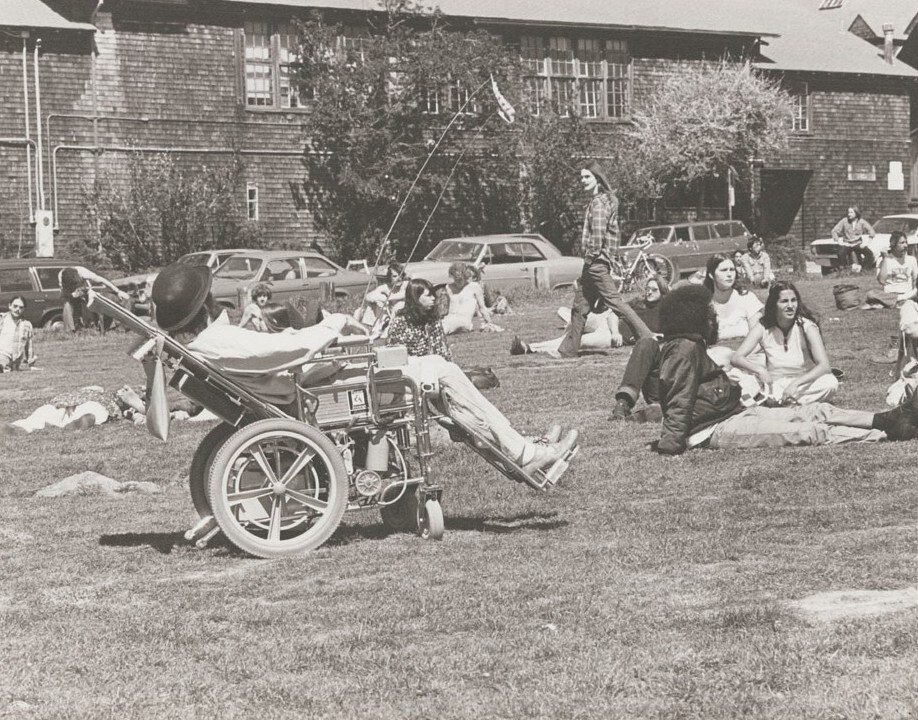
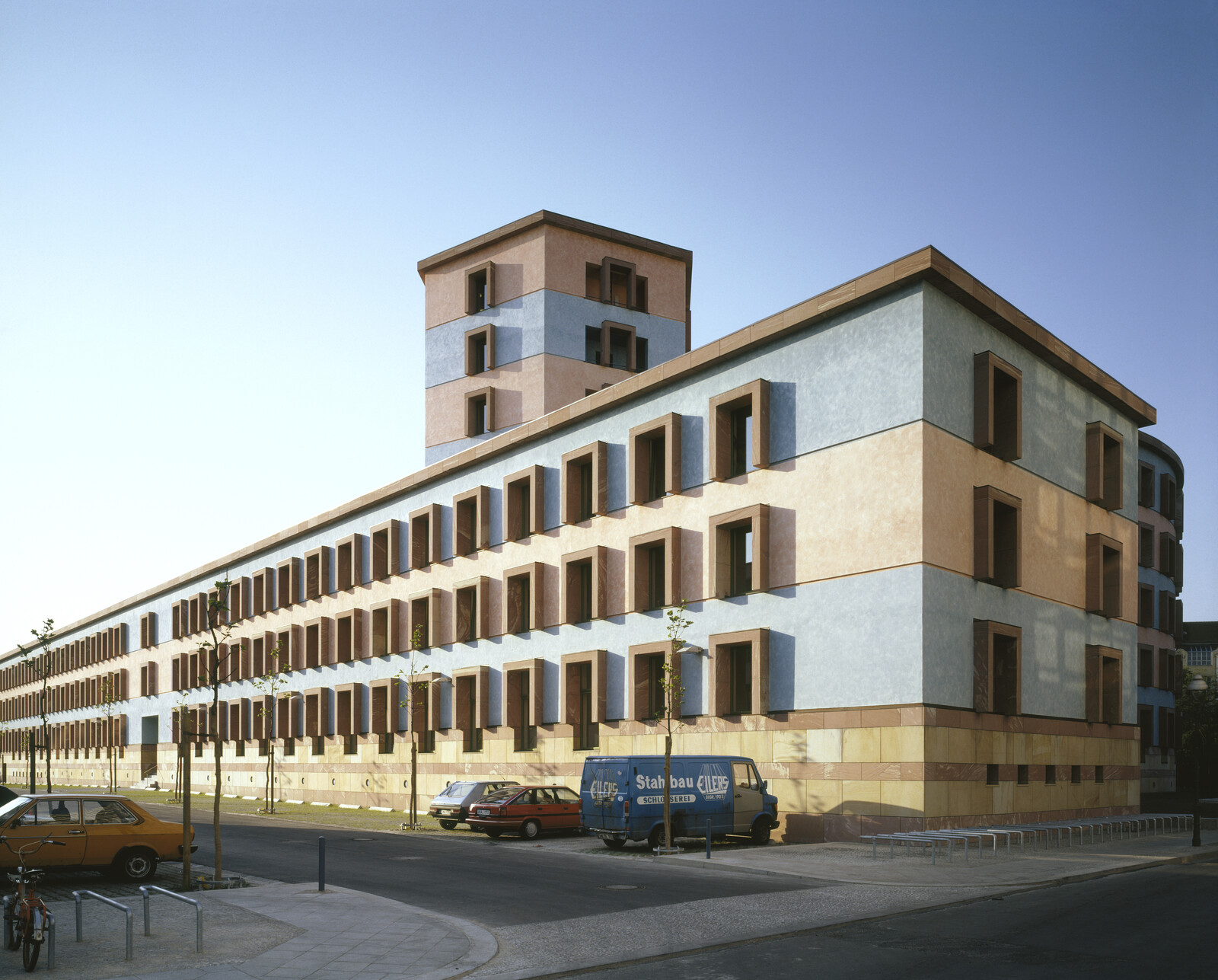
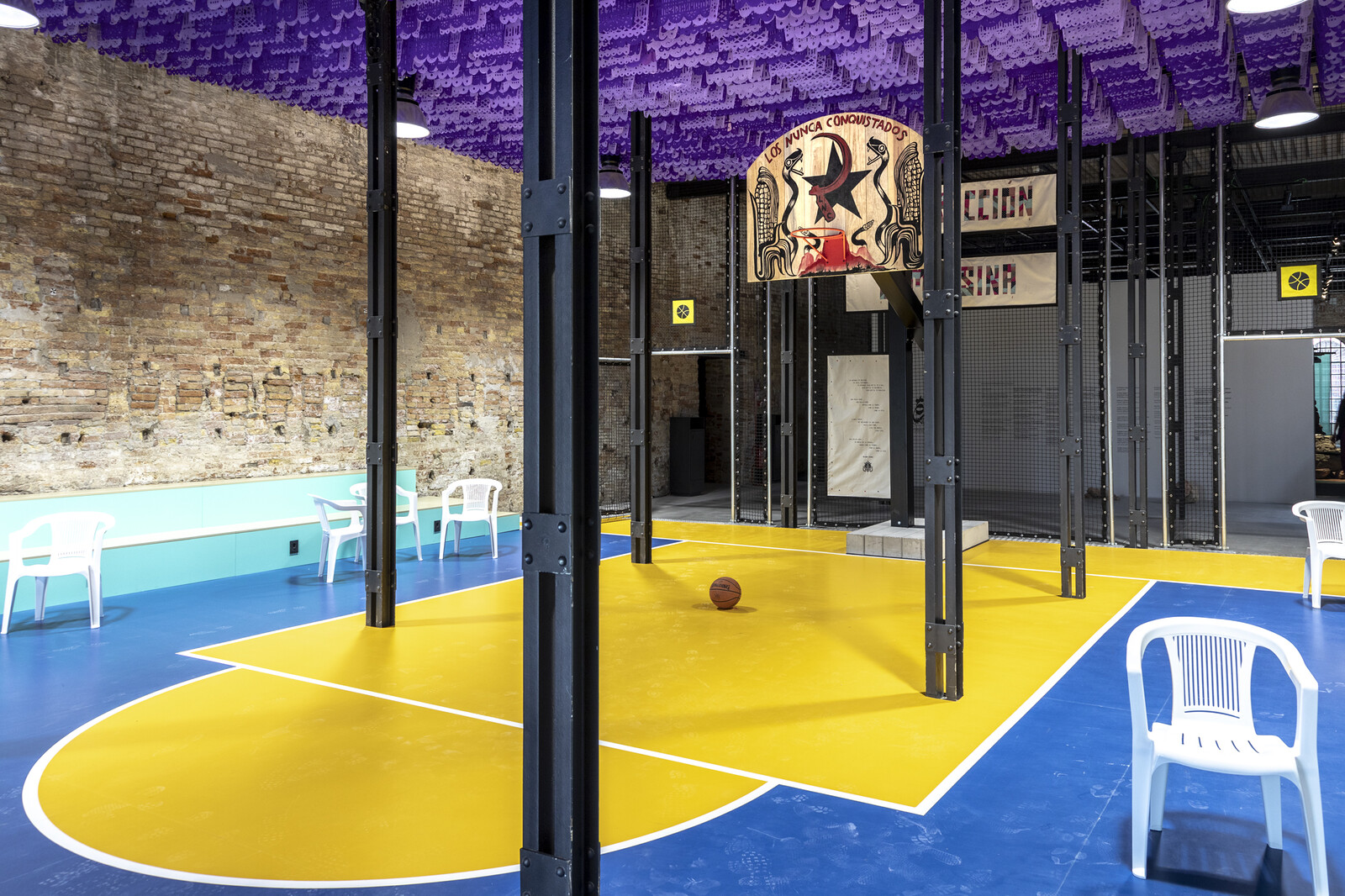
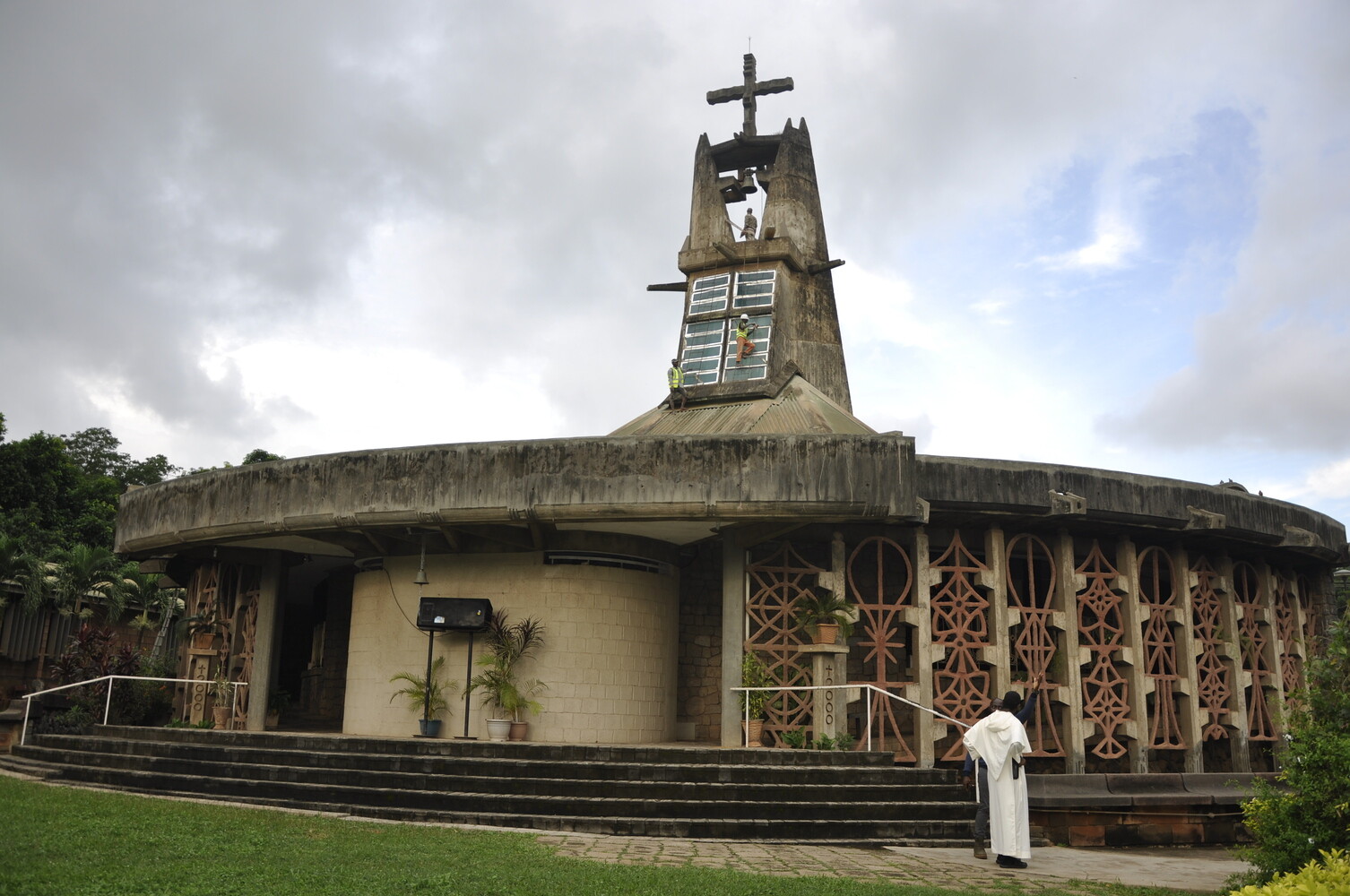
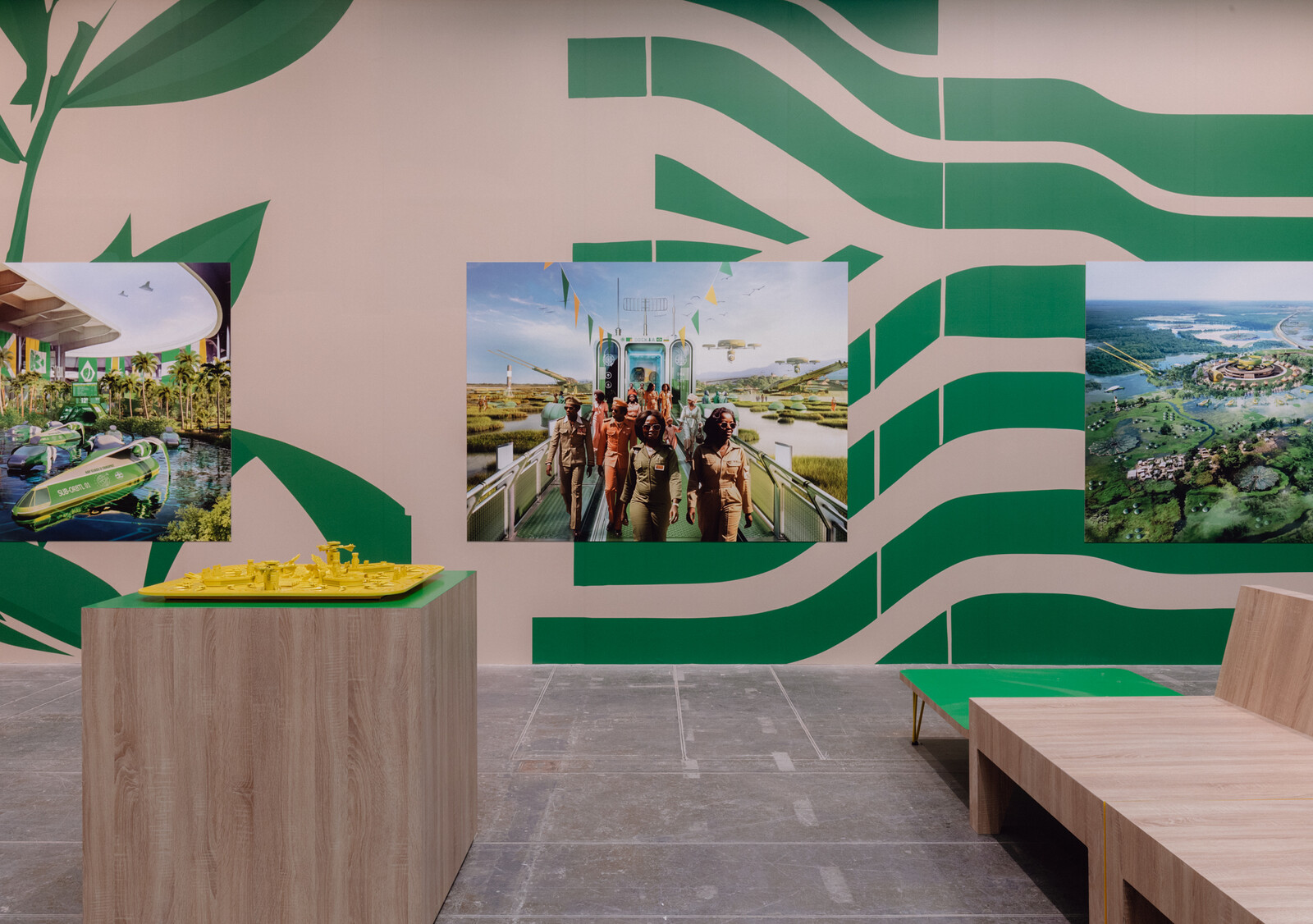


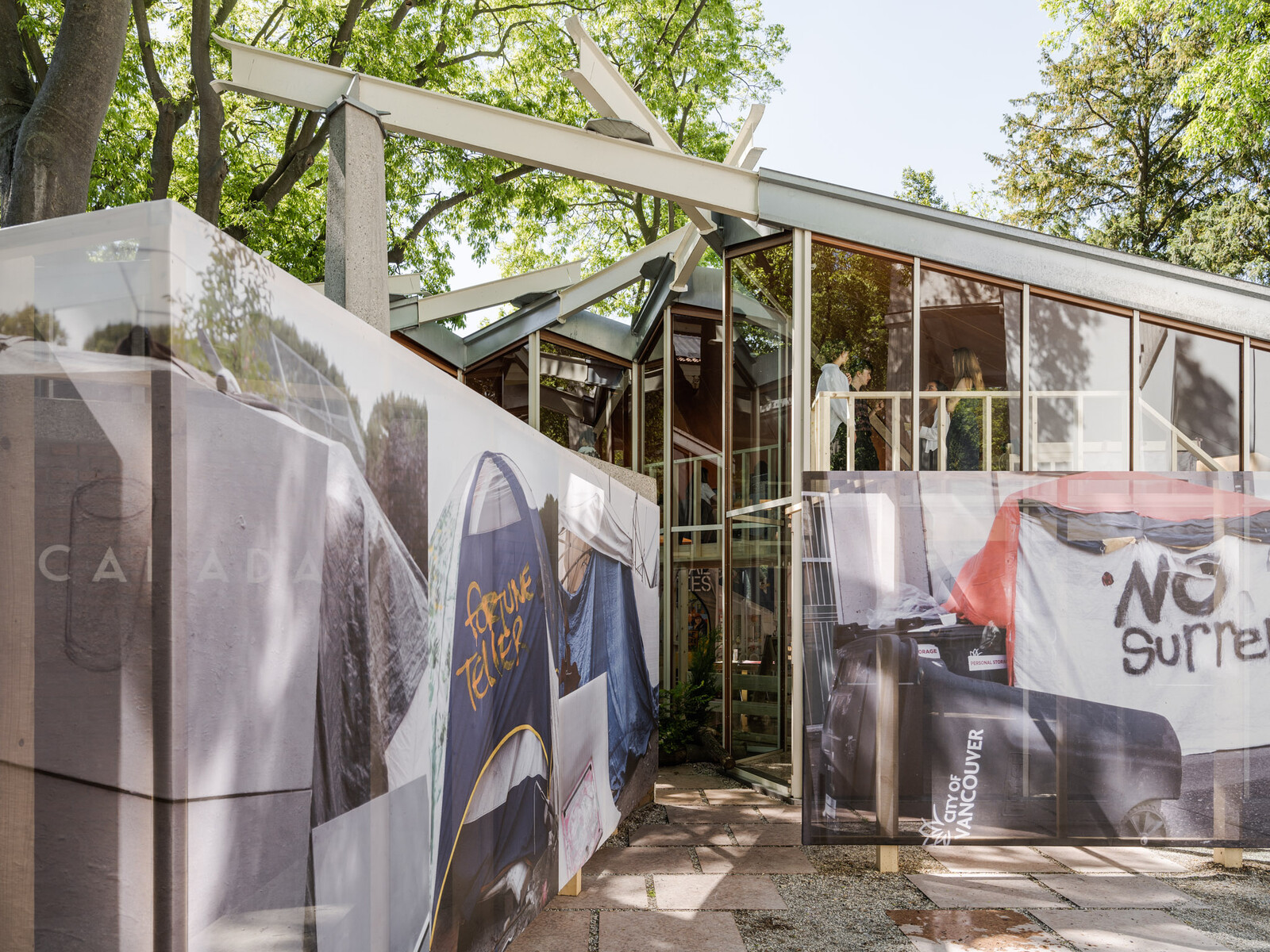
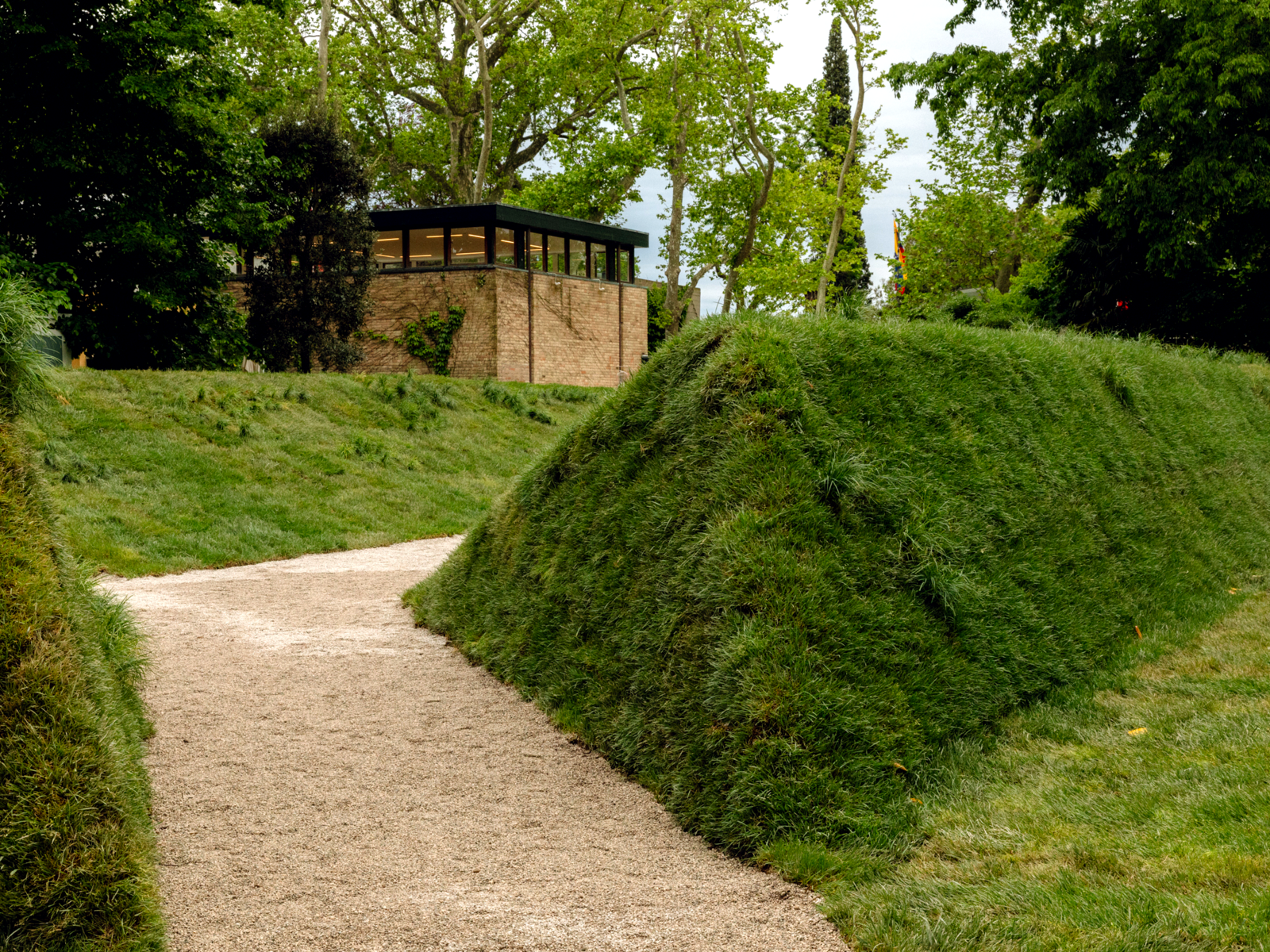
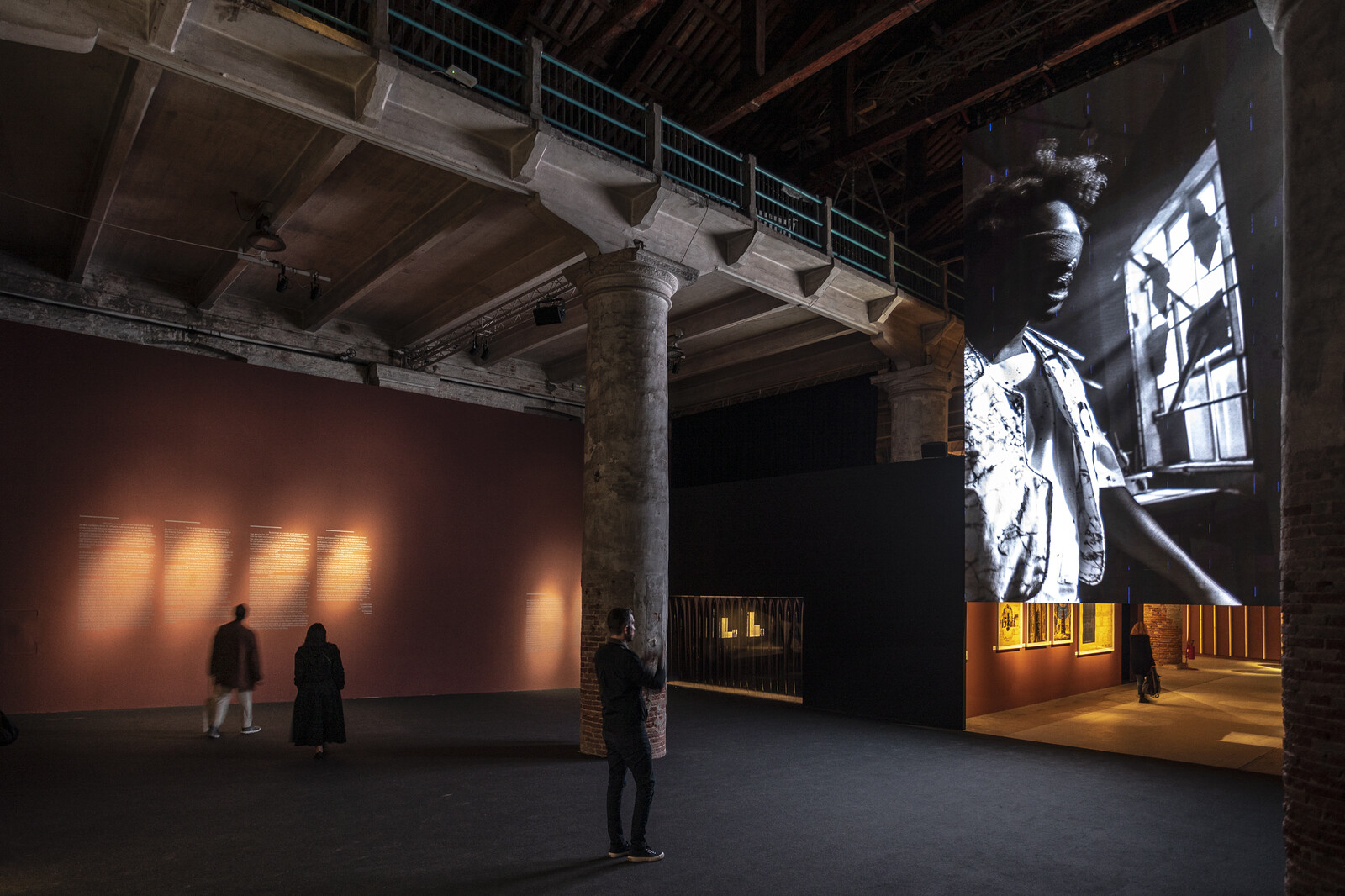
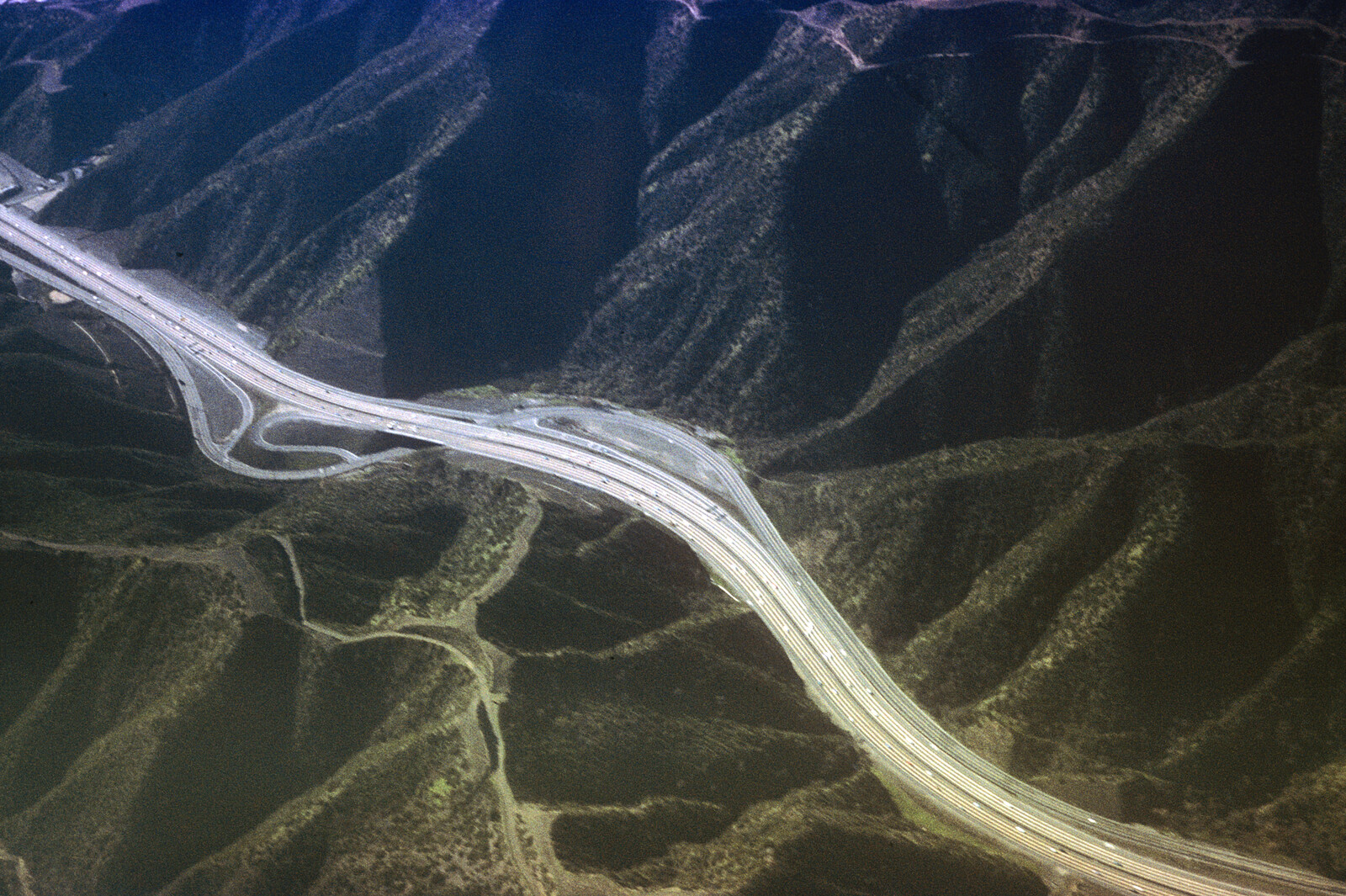
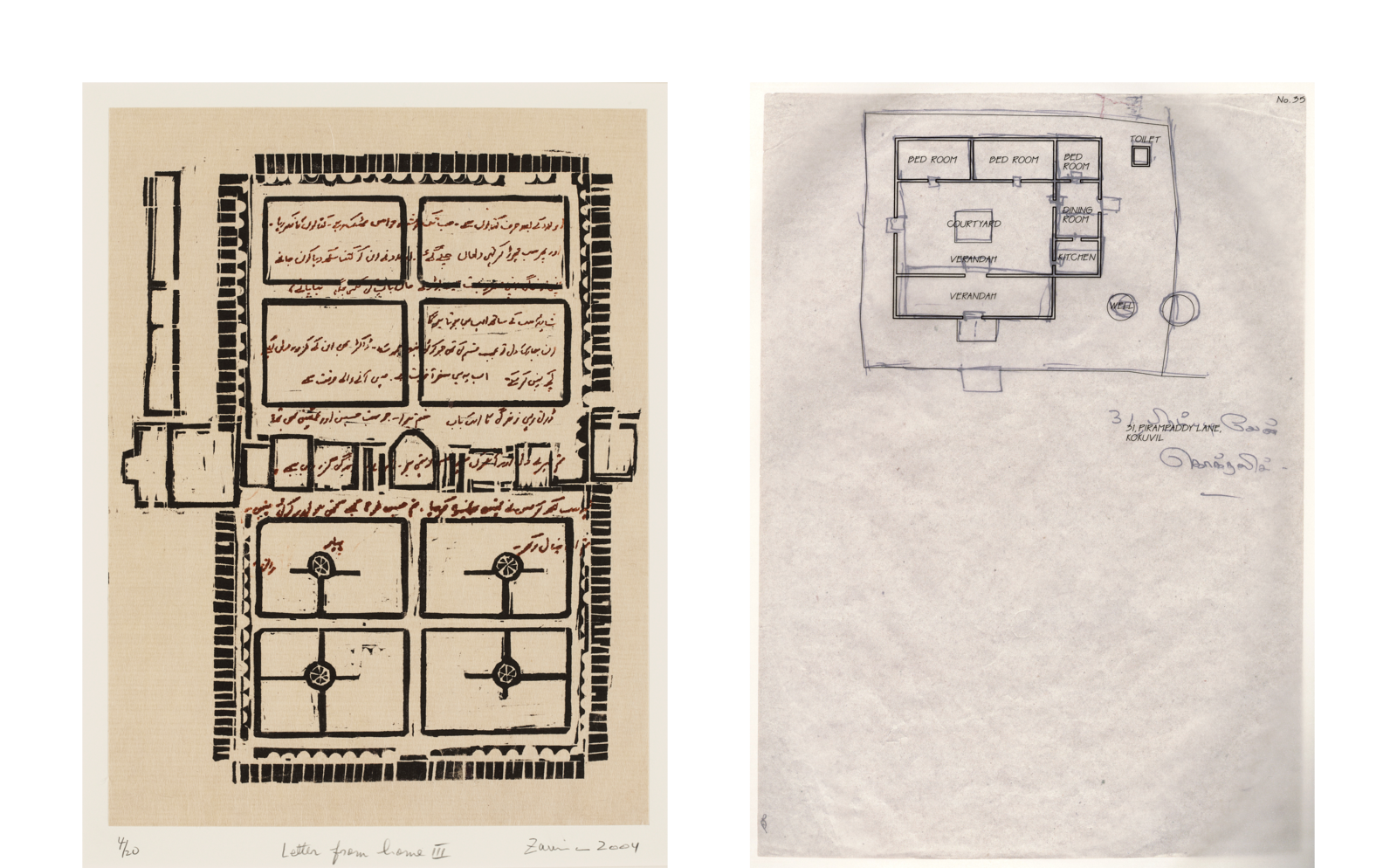

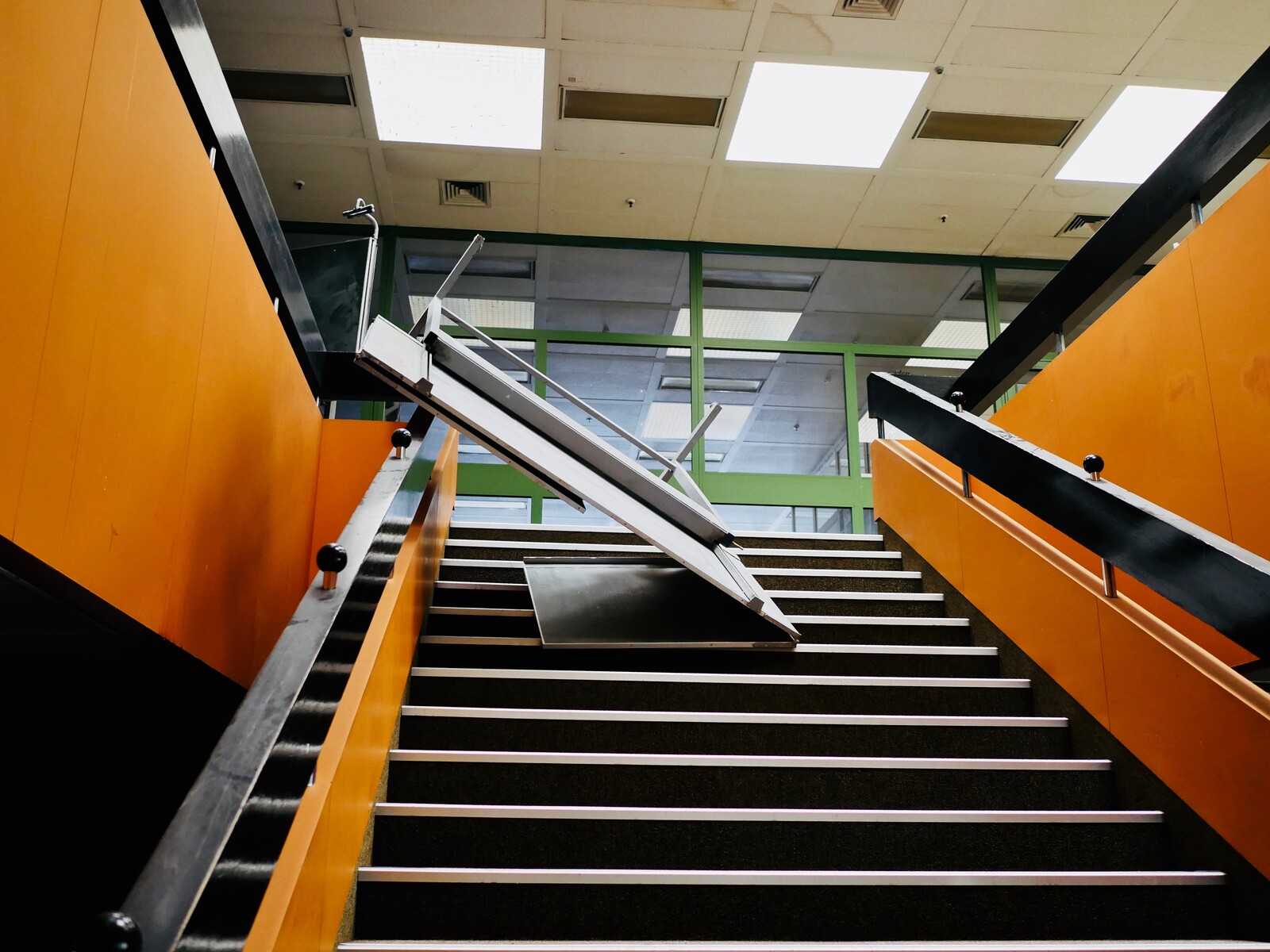
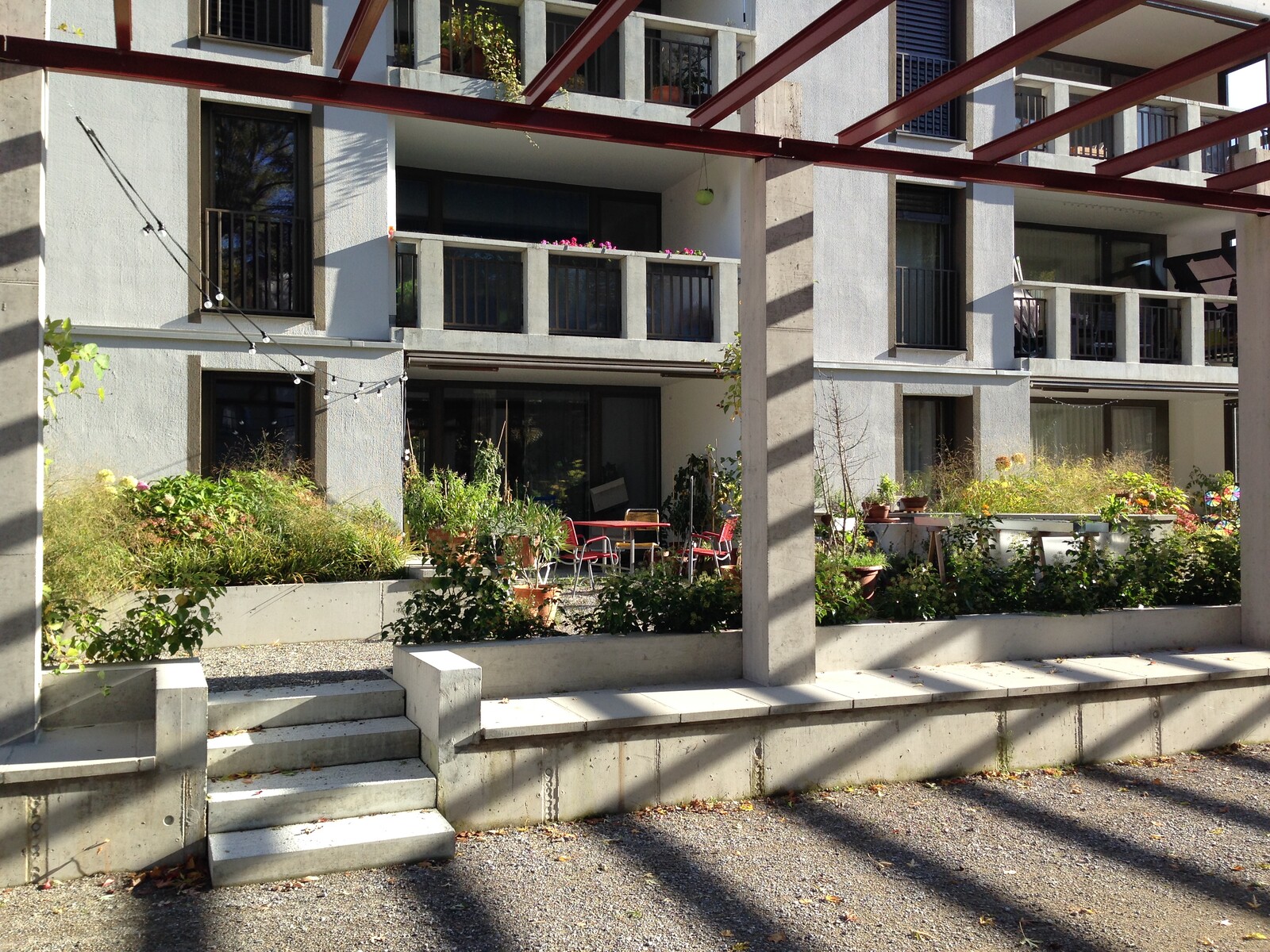

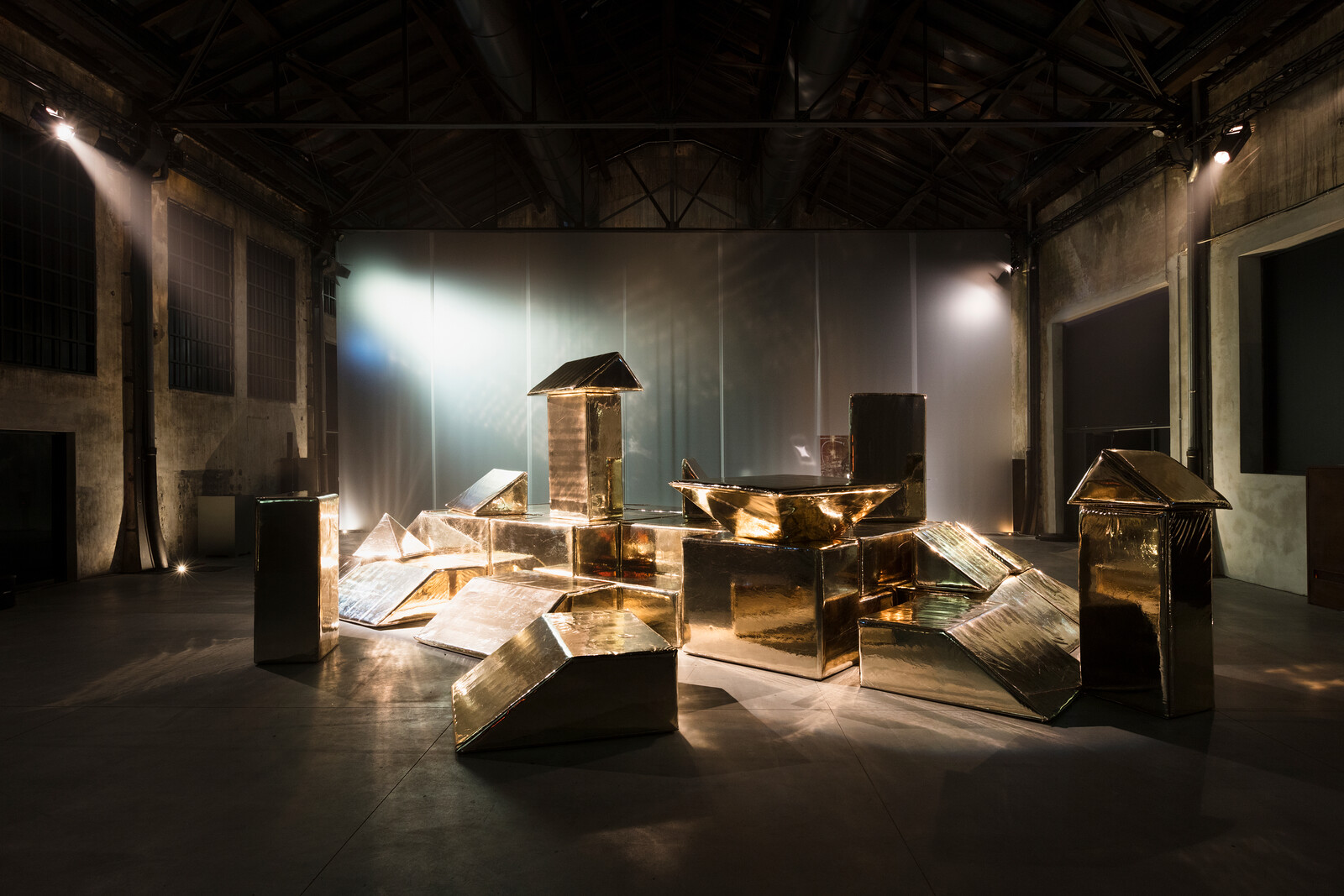
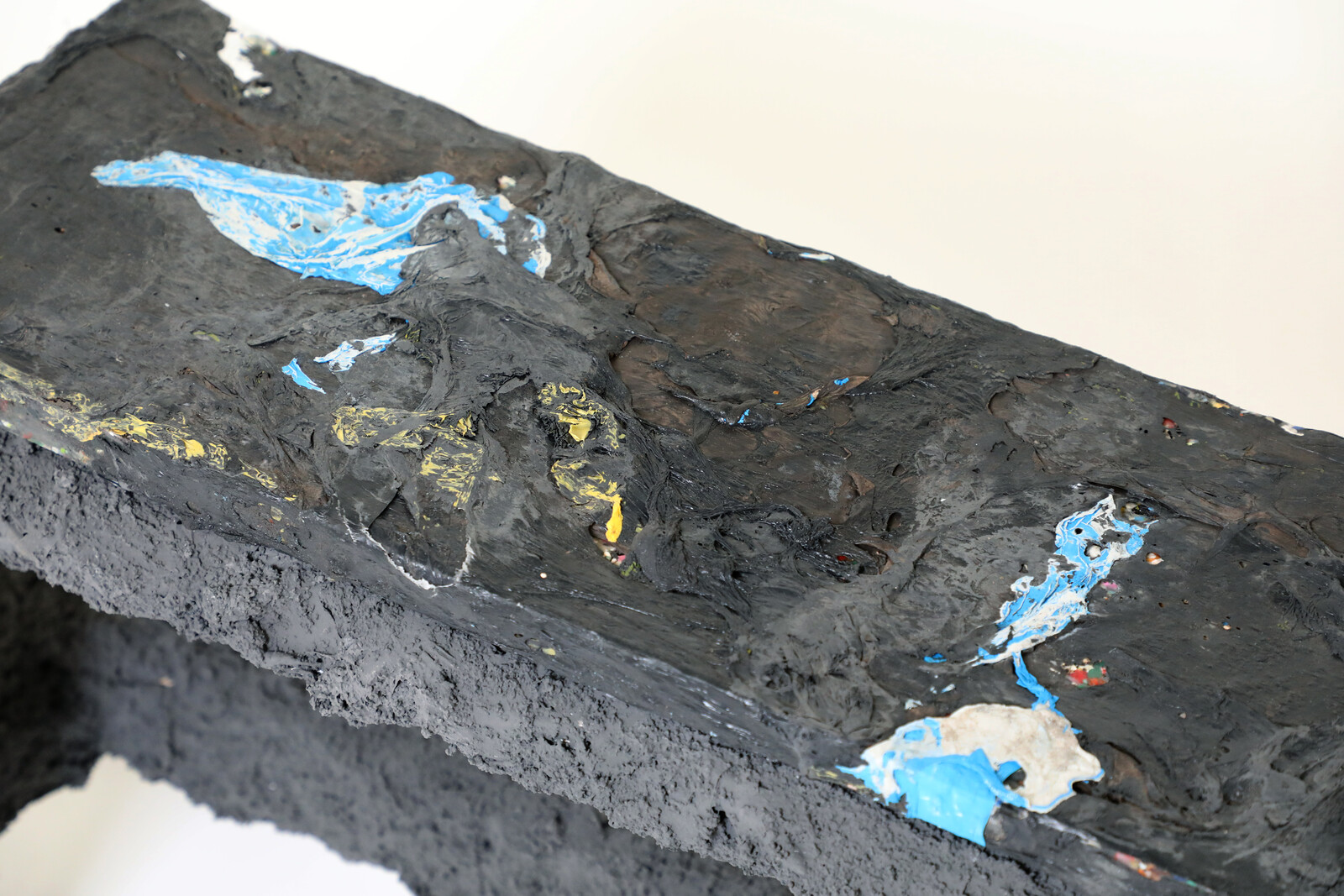
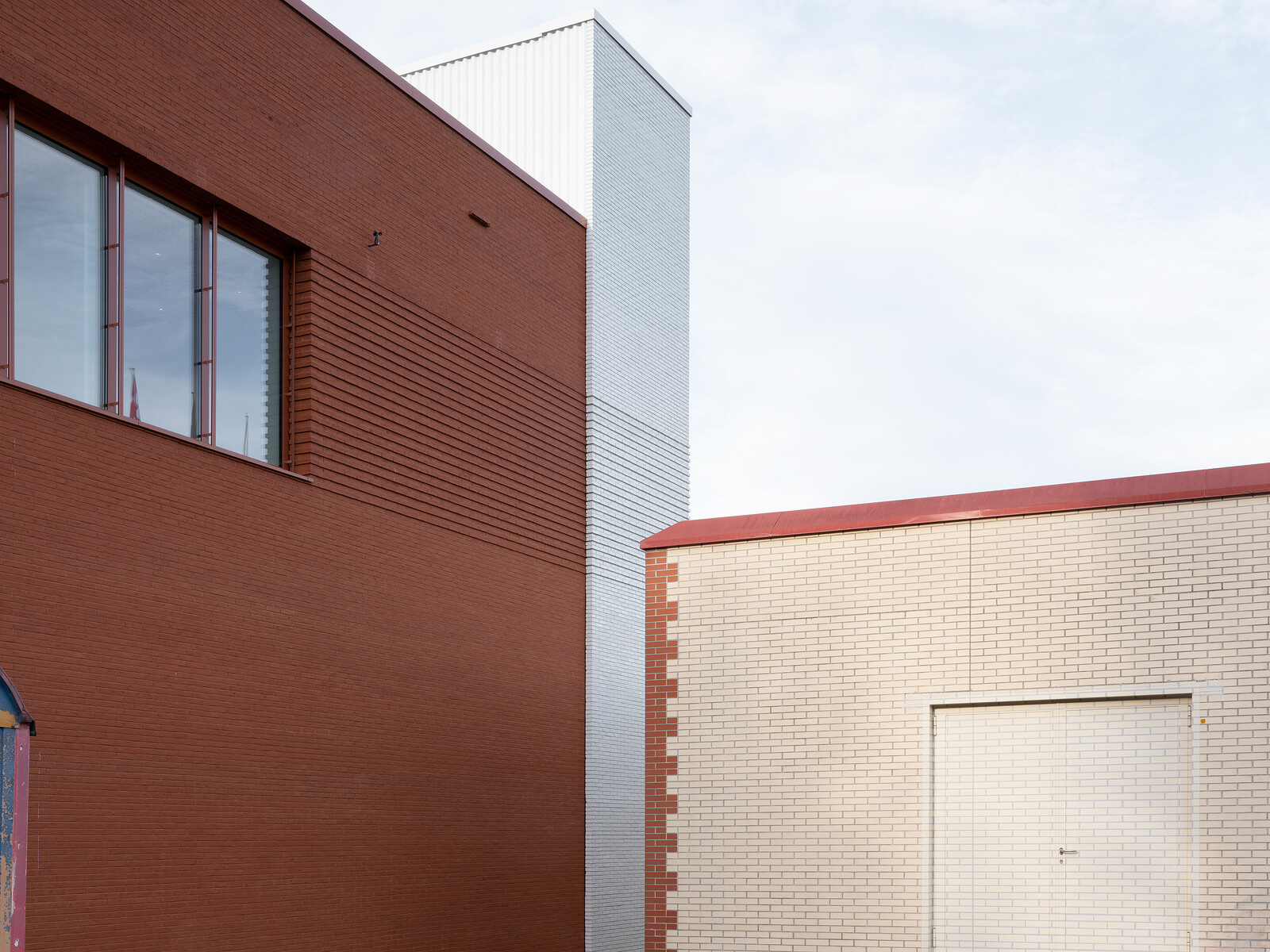
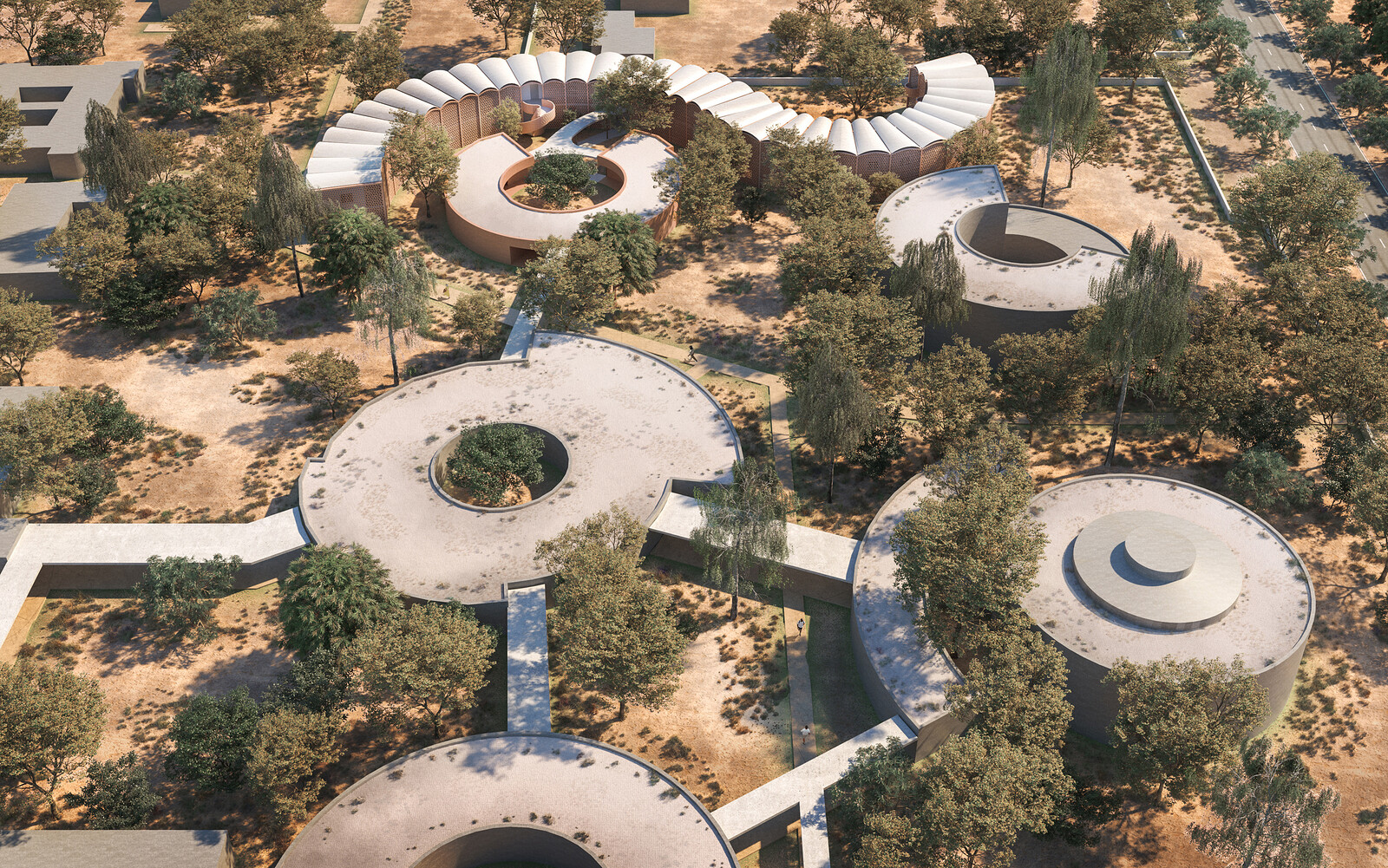

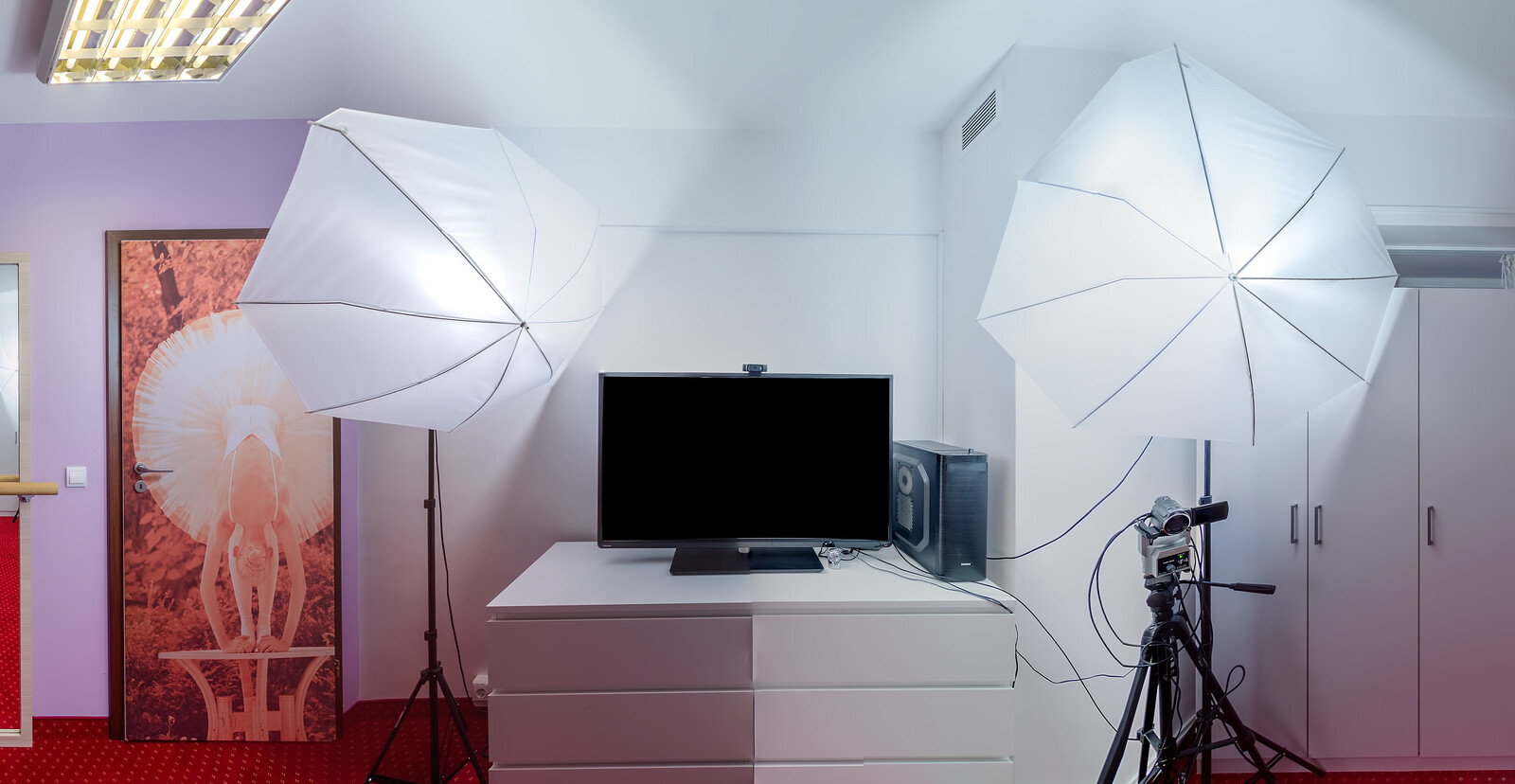
(2014).jpg,1600)

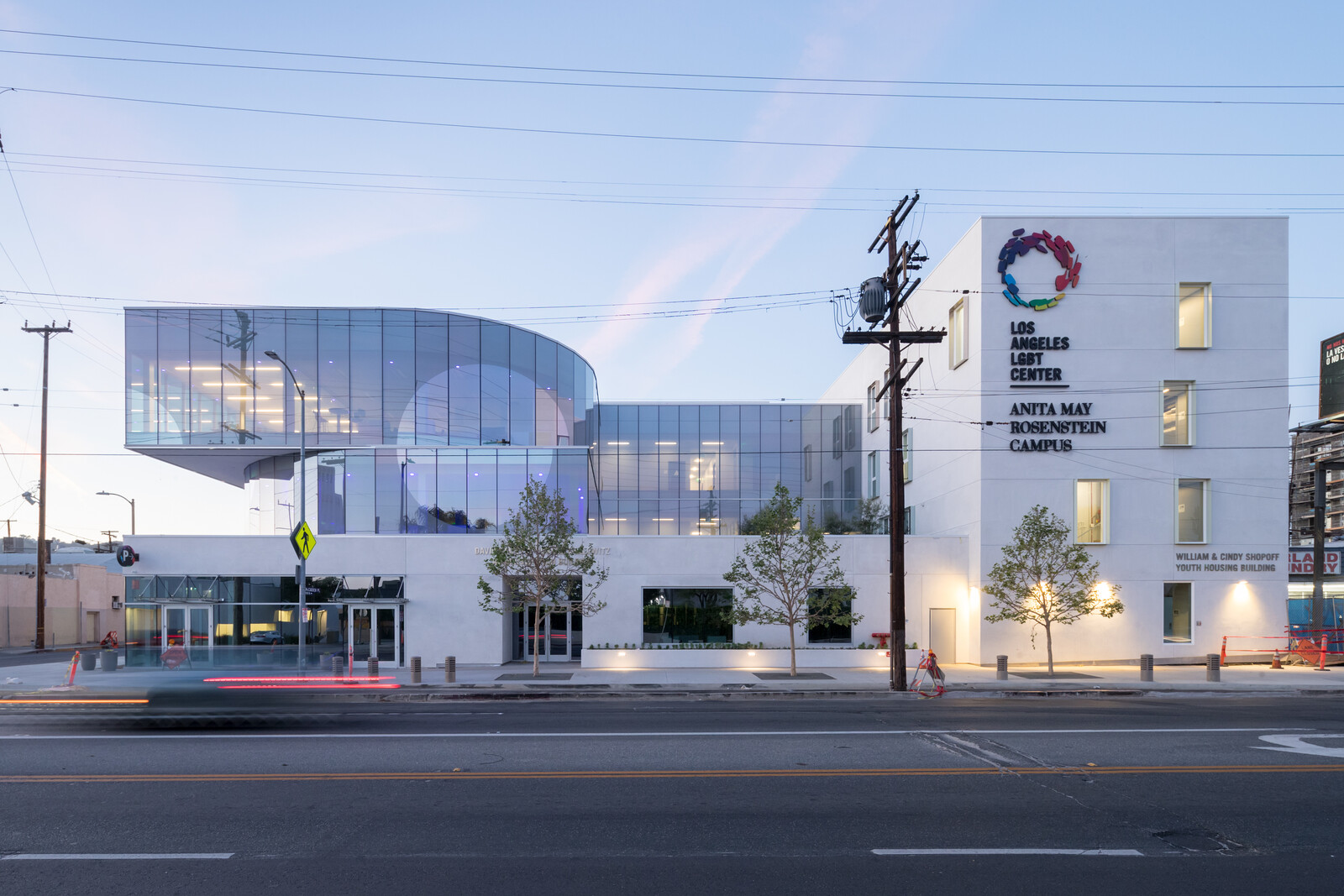
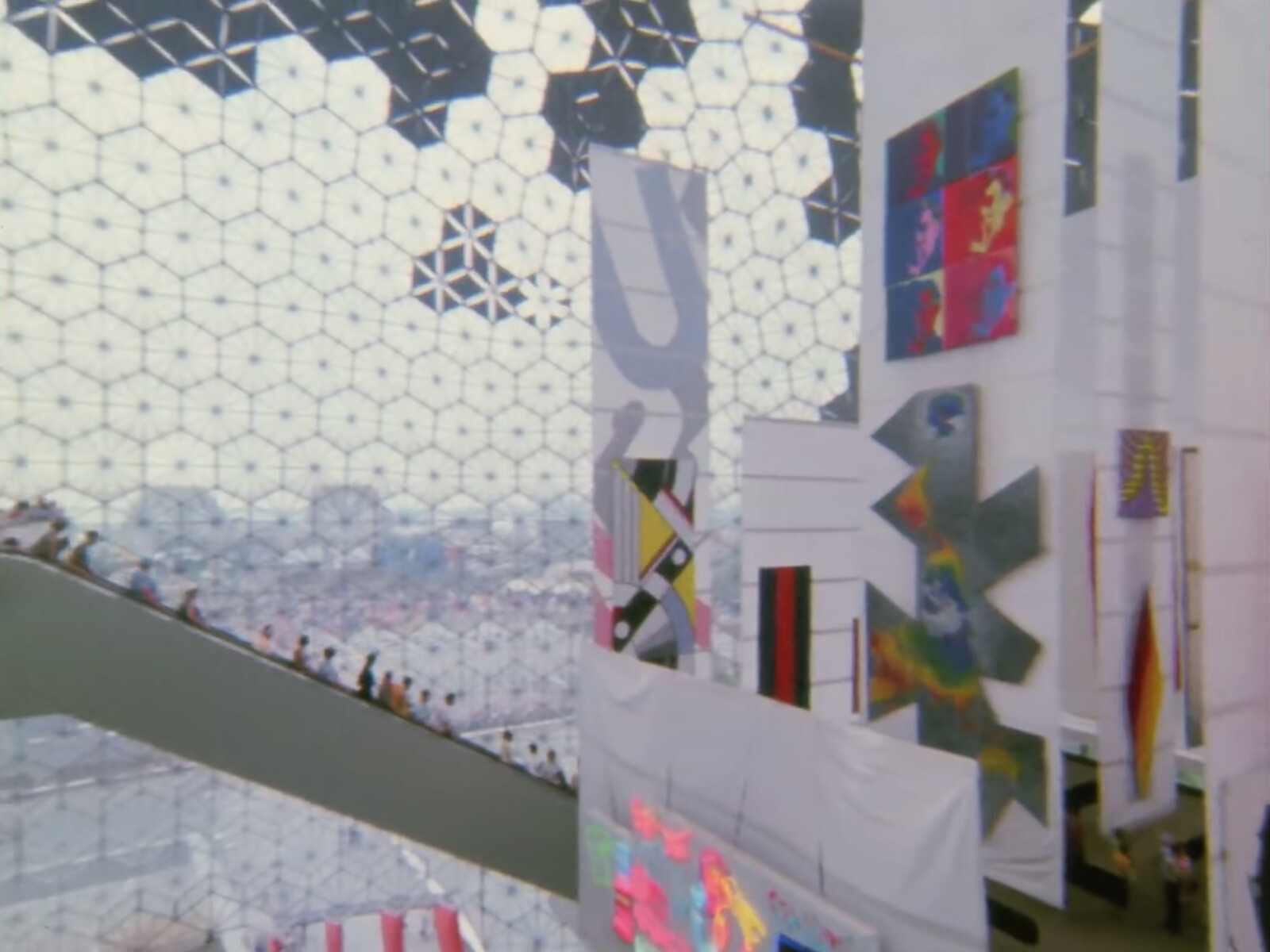


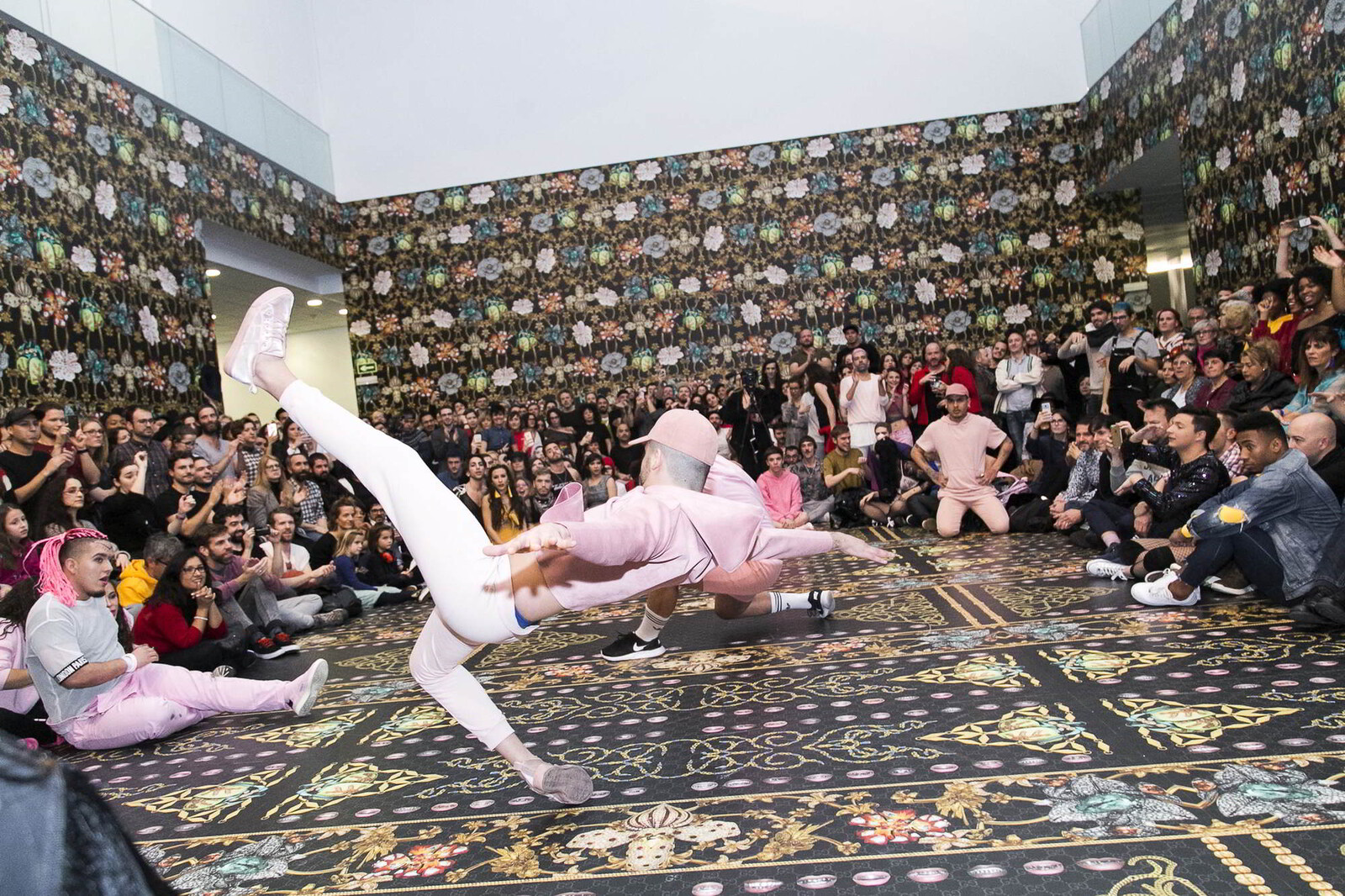
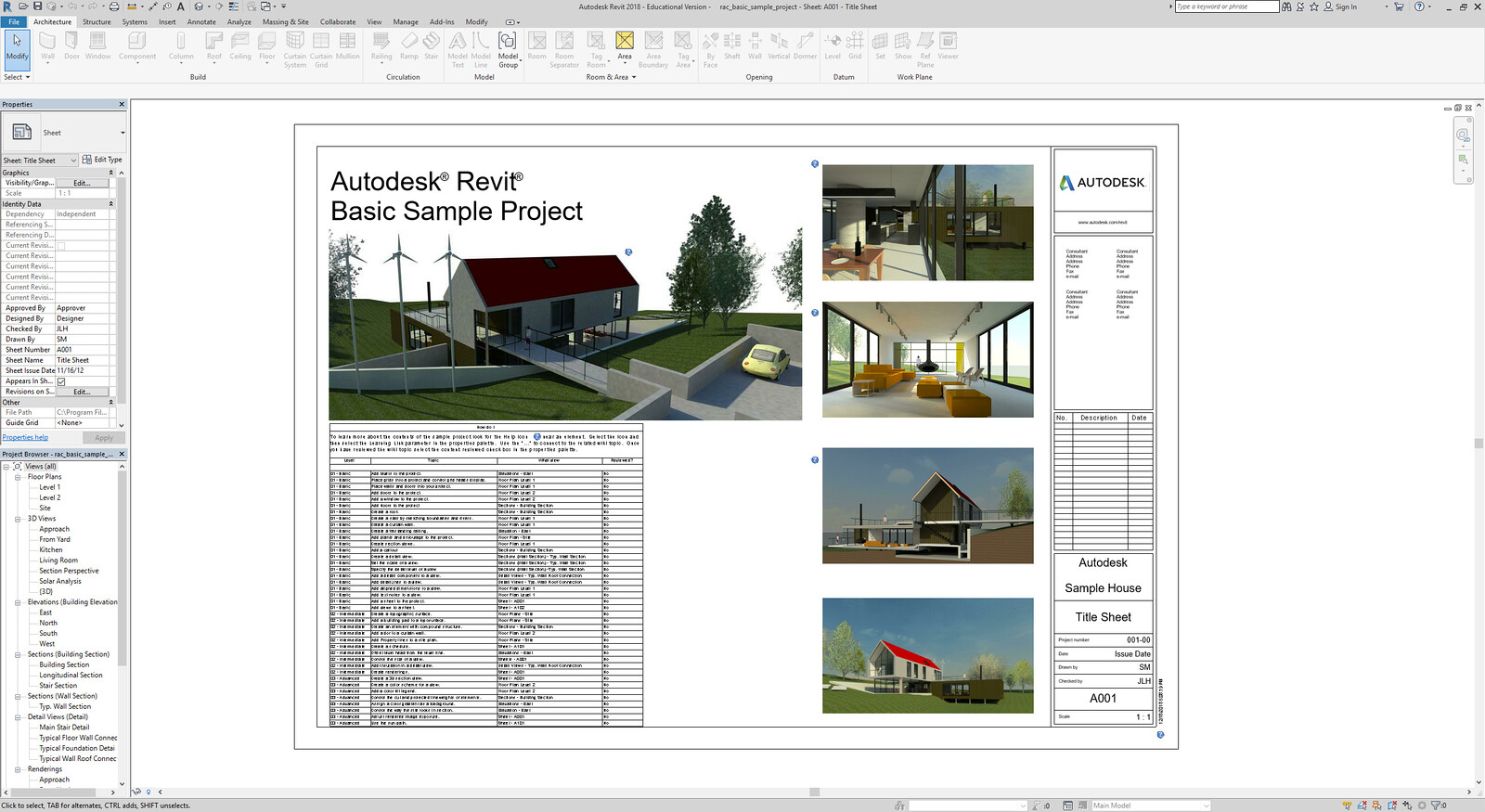



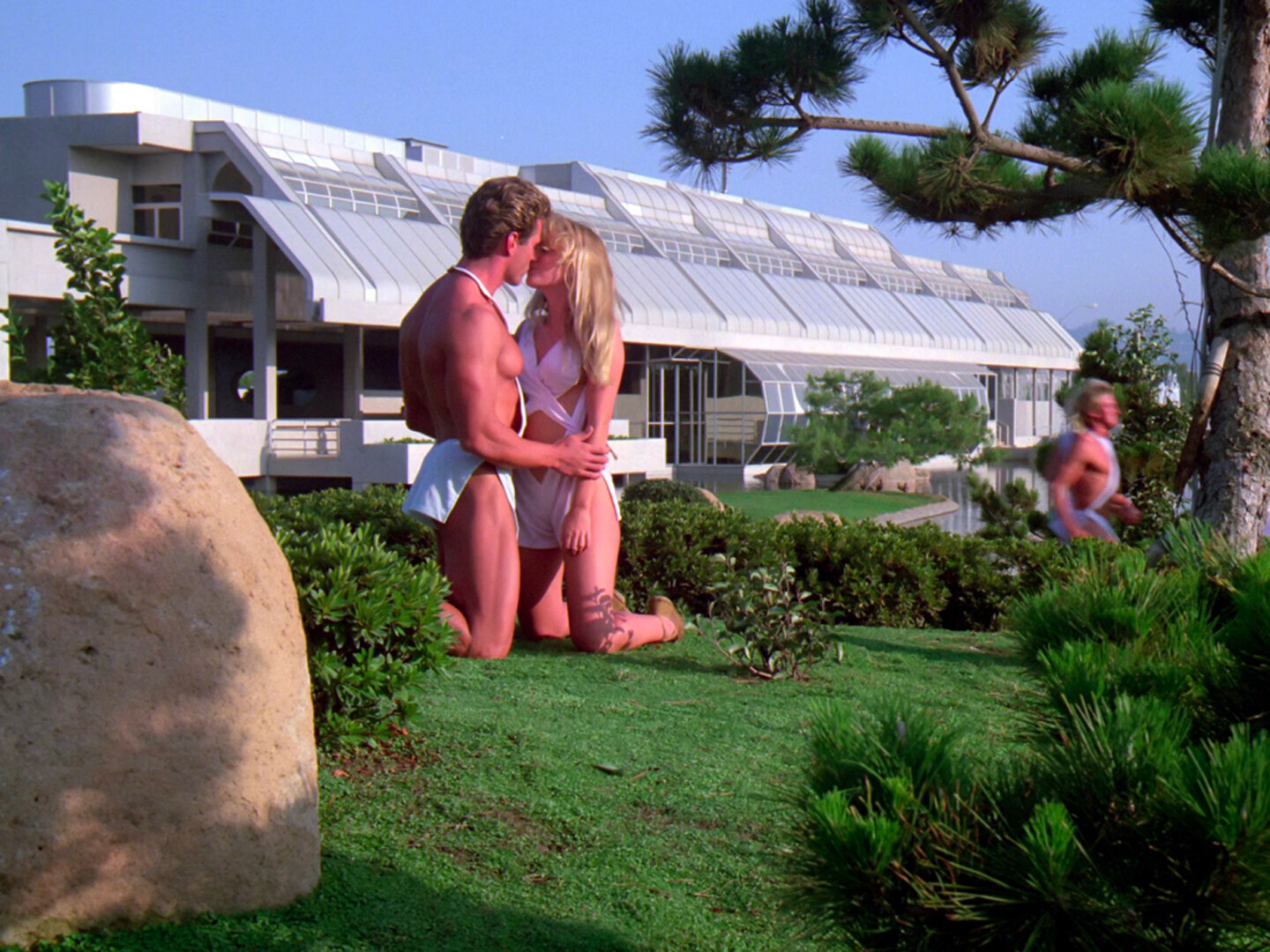
,-2003,-srgb.jpg,1600)
